-
Exoframe Mini Project
Exoframe Mini
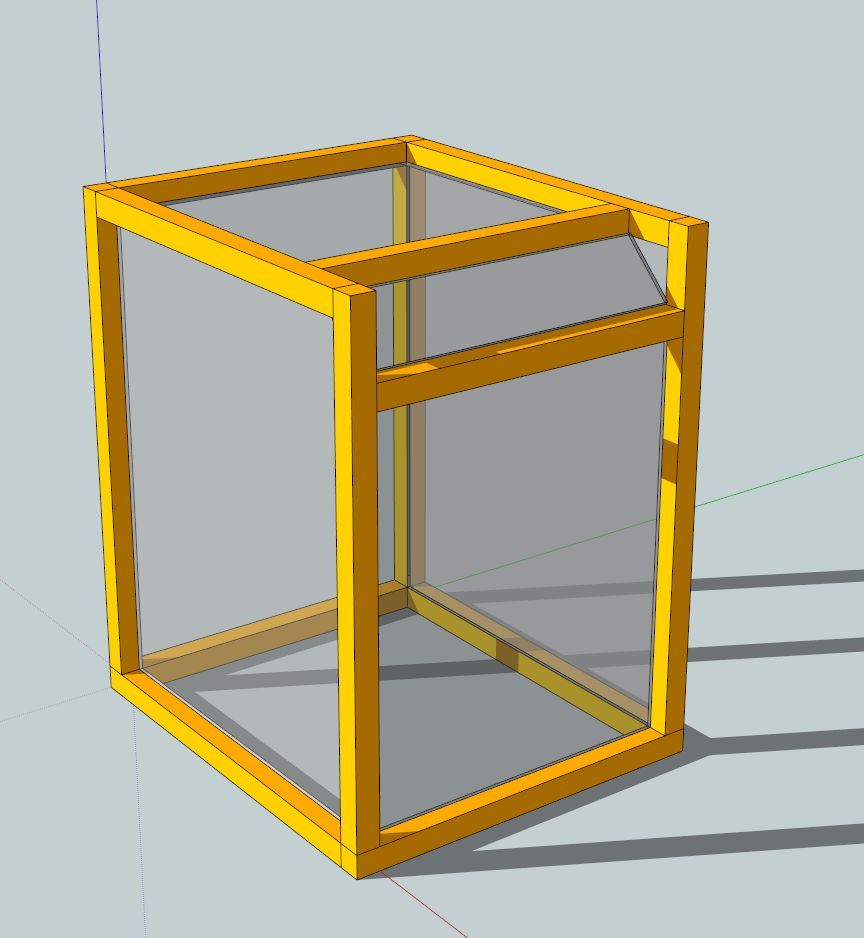
Hi all,
Time for my new project. This is my third visit to my Exoframe concept. so technically this would be the Exoframe 3.0.
Here is a link to the original Exoframe project.
http://www.overclockers.com/forums/s...d.php?t=597792
Here is a link to Exoframe 2.0.
http://www.xtremesystems.org/forums/...51#post5110851
And a new twist for my modding. My first official sponsorship:

Unlike my previous two Exoframe based projects, this time I?m going compact!
Here are my goals:
1) Gaming PC based on a Mini-ITX platform, full sized video card, full sized power supply.
2) Small size, appropriate for a Home Theater component.
3) Watercooled.
4) I already have all of my components:
Intel I7 2700k (Swiftech Apogee HD)
Asus P8Z77-I Deluxe
XFX 7970 (Heatkiller full cover sink)
Seasonic X750 power supply
LG Blu-ray burner
2x 4gb Corsair Vengeance RAM
Swiftech MCP35x pump with XSPC Pump/res top
Samsung 840 500gb SSD
Phobya 200mm radiator
Last edited by Navig; 01-19-2014 at 02:05 AM.
-
Here is my general plan:
1) Sketchup concepts, possible layouts
2) Build a prototype and finalize dimensions and layout
3) Build frame
4) Build bracketry
5) Work my sheet plastic for interior shelving
6) Work my sheet plastic for exterior paneling
7) Work with metal/plastic for bracketry for components
8) Install components
9) Fit watercooling routes, leak test
10) Work on cabling
11) Finalize, install windows
12) Final photo session
13) Locate it (home theater), settle on overclock
-
-
-
-
-
-
-
-
-
-
There are some open areas not supported by my hangers, so I’m going to make some tabs to to hold the body panels.
They are not meant to be noticed, so I’m building them from ⅛” clear acrylic.
Cut a stack of trapezoid tabs:

Next I wanted to get the edges polished, and for this I am going to a use a brand new technique and tool.
First I rough sanded the edges with my sanding disc thingy, getting all of the tabs exactly edged:

Here was the unfinished surface:
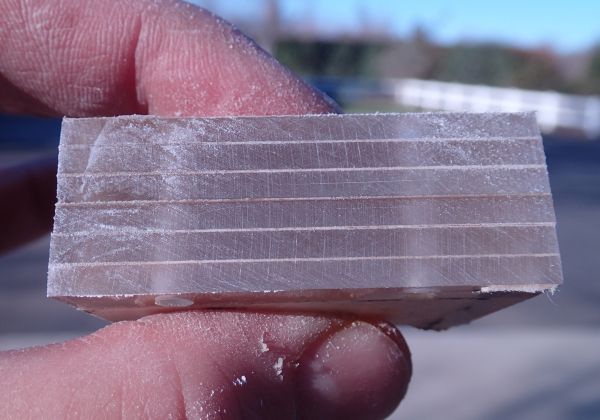
And here I am, with my $40 Harbor Freight buffing wheel. The tool works great, but the included wheel is unbalanced (good tips from reviews on the HF website), so also ordered a buffing wheel set and buffing compound from tap plastics.
This is the first time I’ve ever used a buffing wheel--any tips or criticisms appreciated!
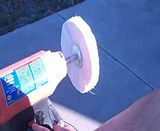
(Click to play video)
And the finished product:
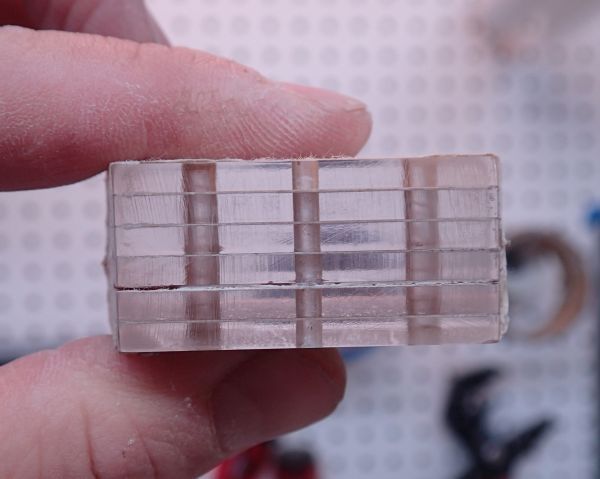
Previously I’ve been hand sanding my edges with 220, 400, 600, 1000, 1500 then buffing with rubbing compound. Obviously this method is much faster.
The finished eges on video:
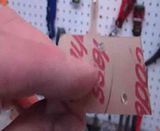
(Click to play video)
And here are the tabs mounted up to the frame:
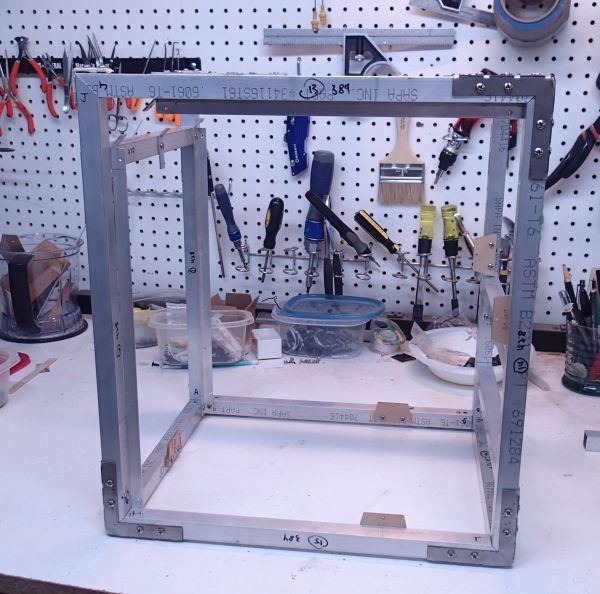
-
Extreme BodyBuilder

-
Side Project Alert!
On a closely related note, recently I was able to re-acquire my project, Exoframe 2.0, from the person who commissioned it, after he had completed it (finish work, anodizing, powdercoating, and paint).
So as little side project, I'm re-assembling it and going to post completed pics of it!

TRP Link.
OCforums Link.
Extremesys Forums Link.
-
Thanks for the patience on my side project there. Back to it!
I dove in on my plastic sheet work. The bottom panel is a very important piece as its going to be the foundation for a number of things. It was made from hefty ?” gray acrylic.
Of course, purchased a fat stack of stock plastic from Delvies Plastics. In this project I’m going to be using ?” light gray transparent plastic, ⅛” light gray, ⅜” fluorescent orange, ⅛” fluorescent orange, ⅛” opaque black, and some very cool custom laser cut pieces (more on that later).
Tee’d up on my Festool plunge cut saw.
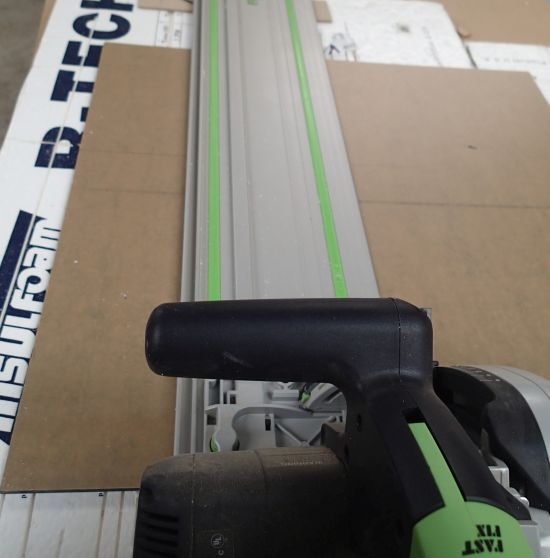
I’ve talked about this tool before, but man I really love it. It really is as simple as put the track on the line, the drive the saw over the track. I use some rigid insulation for a sacrificial table, and some pool hosing hooked up to me shop vac, keeps things virtually dust free.
I used to use a table saw to cut my sheet stuff. Accuracy would sometimes be off, there would often been issues with chipping at exit (even with a $150 plastic blade), and quite frankly a table saw is dangerous.
Got the panel cut to the right size:
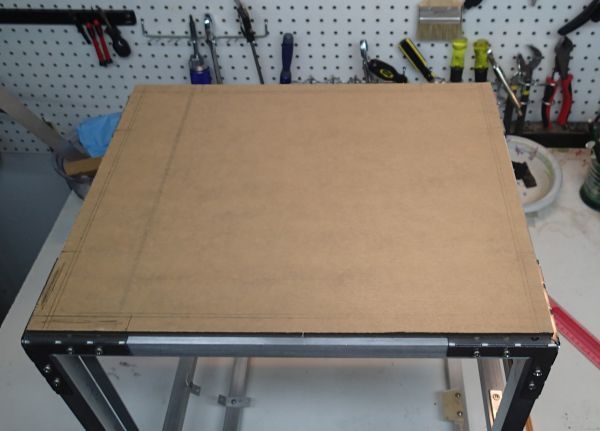
Next I cut out the corners to accommodate for the corner brackets:
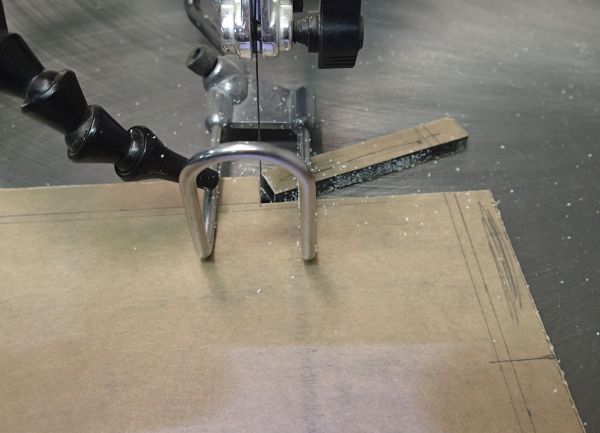
And now it truly fits:
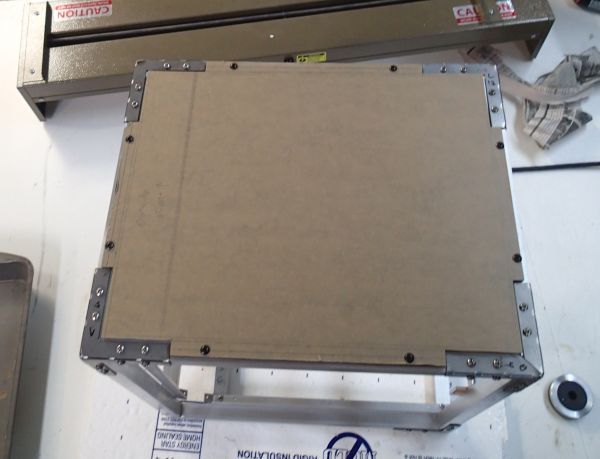
Added some feet I had sitting around the shop (I think they are Silverstone).
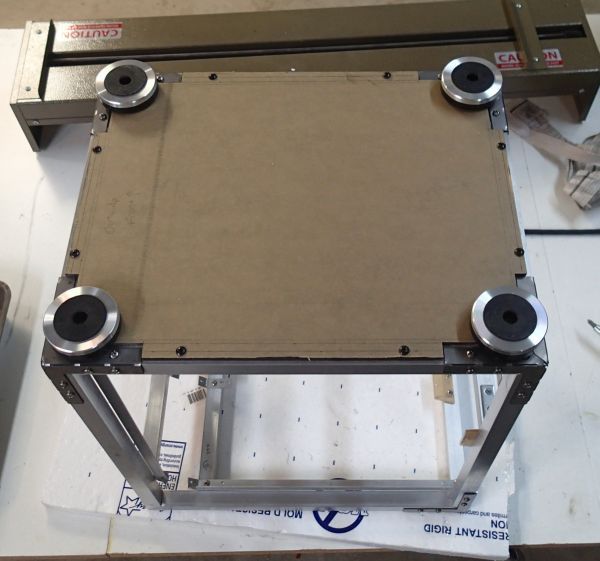
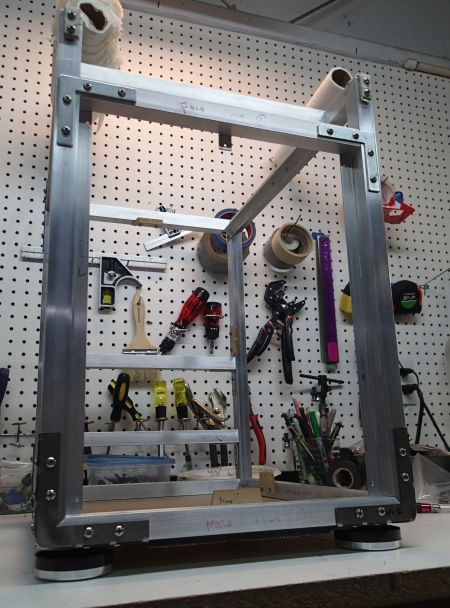
-
Next step was to start building the internal structure for components. I’ve got 2 “shelves” to build: one level to hold the power supply and one level for the motherboard. In my mockup here I just cut up some shelves of plywood:
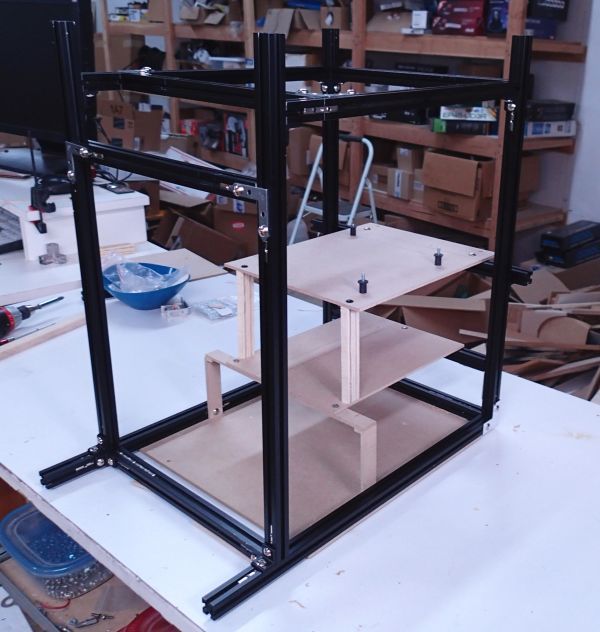
Plan: bend some structural plastic.
Project thus far is stuff I have done before (cutting, drilling, tapping metal), and I have bent sheet plastic before, but never to hold significant weight and requiring this degree of precision.
First I started with sheet 3/16” thick fluorescent orange acrylic (Thanks to Delviesplastics).
Why 3/16” thickness? ⅛” is too thin to hold significant weight, and ?” is getting too thick to easily bend.
Why fluroescent orange? Maybe we’re going UV reactive for the internals of this build?
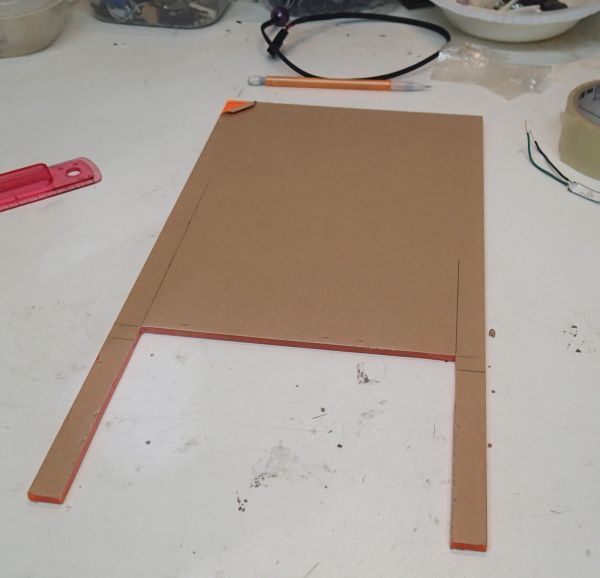
It is currently slightly oversized in lengths--after bending (which will take up a small percentage of length), I can trim it down to exact size.
Next I set up a jig to accurately bend my plastic.
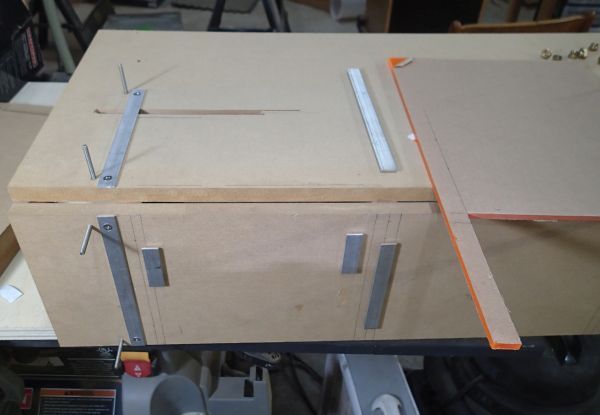
It’s got the 90 degree bend, plus its got a lot of guides to keep everything square.
Placed the plastic panel on the strip heater:
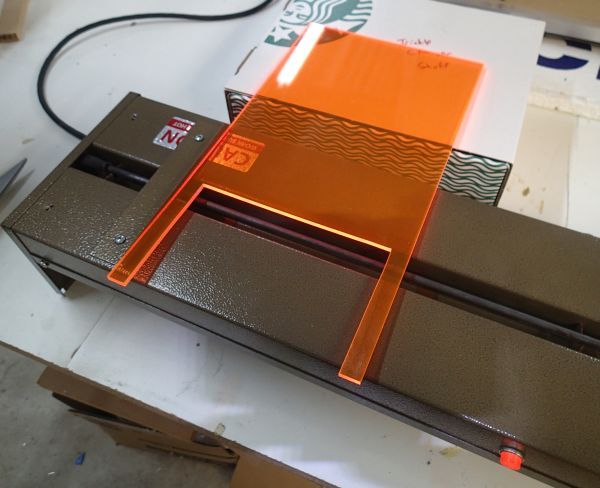
When it was soft and bendy, maybe 5 minutes, transferred it to my jig:
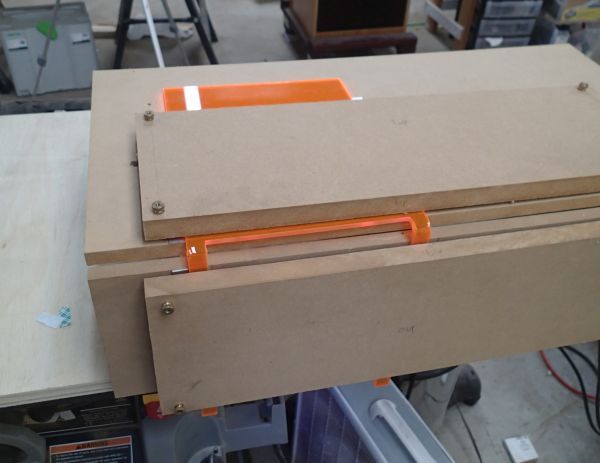
Here’s a video of the actual process:
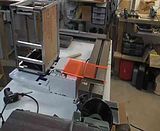
(Click to Play)
Once cooled, remove from the jig and voila:
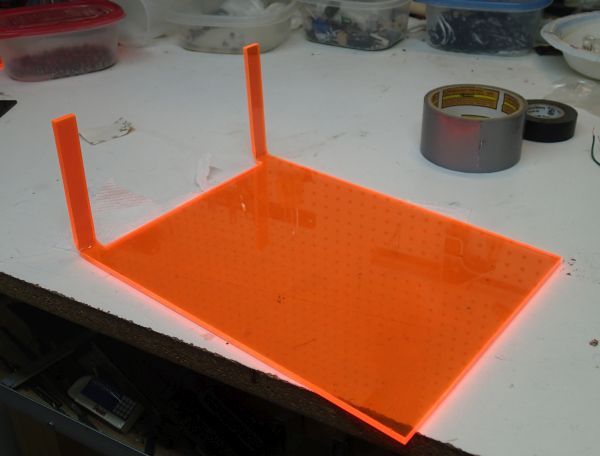
Dropped the piece in over the radiator unit and started trimming it to fit:
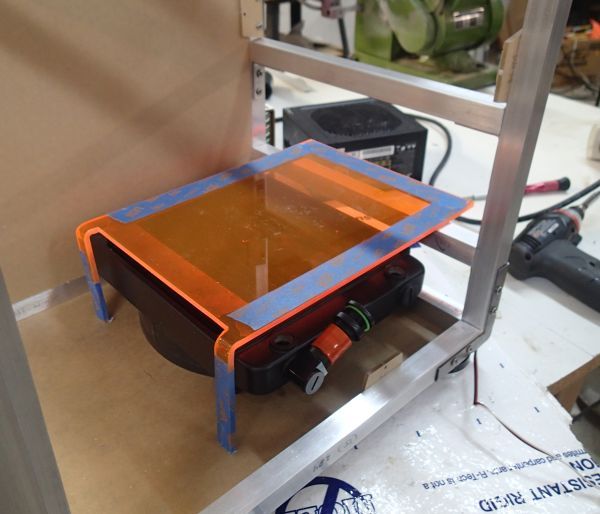
And here it is, sized and doing its job:
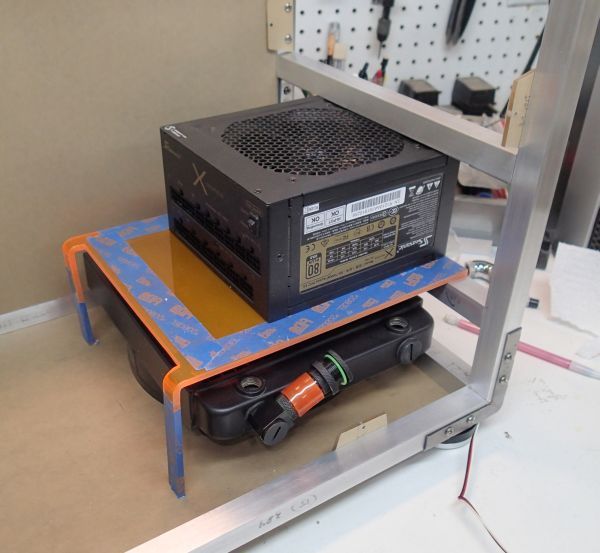
-
-
-
-
-
-
-
-
-
 Posting Permissions
Posting Permissions
- You may not post new threads
- You may not post replies
- You may not post attachments
- You may not edit your posts
-
Forum Rules






 Reply With Quote
Reply With Quote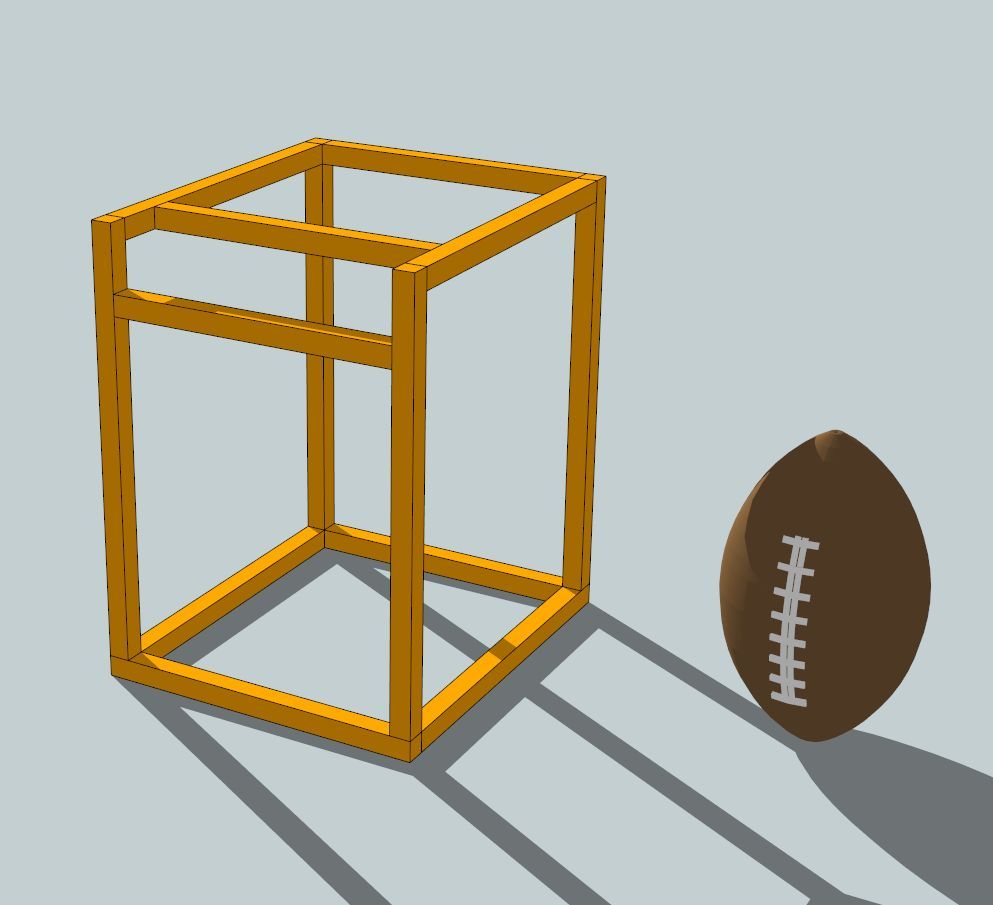
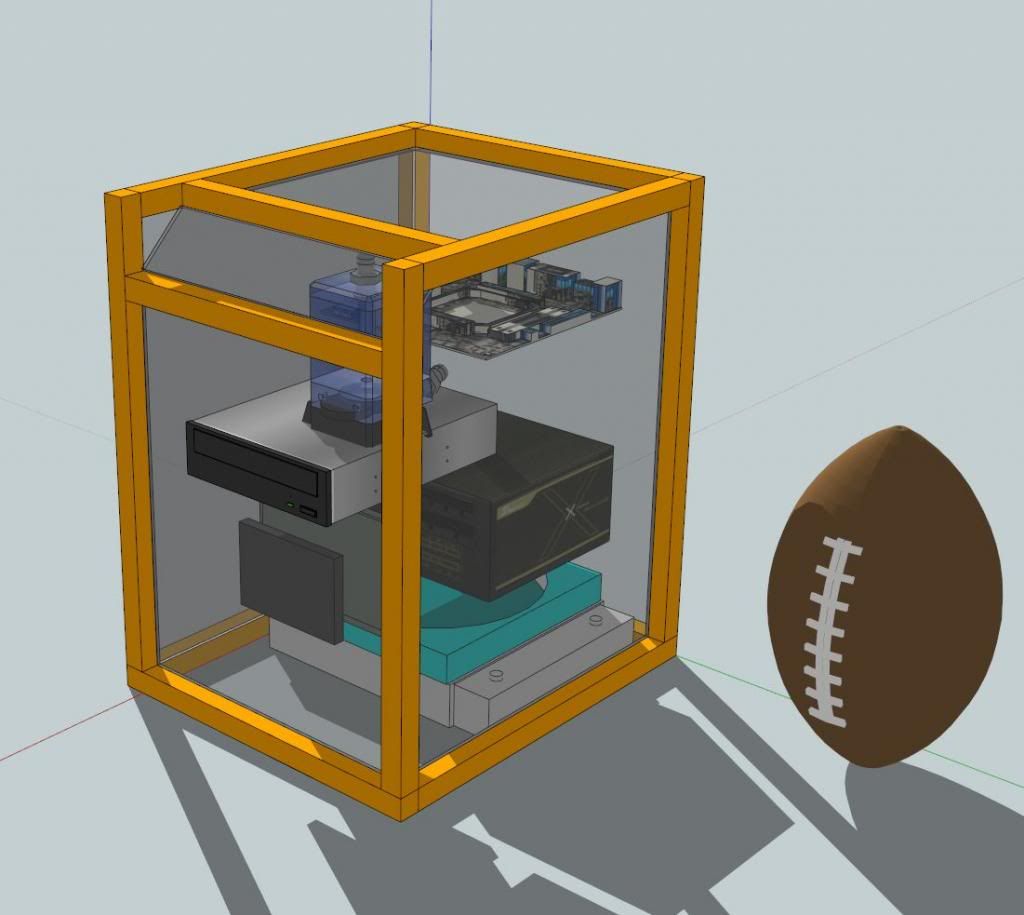
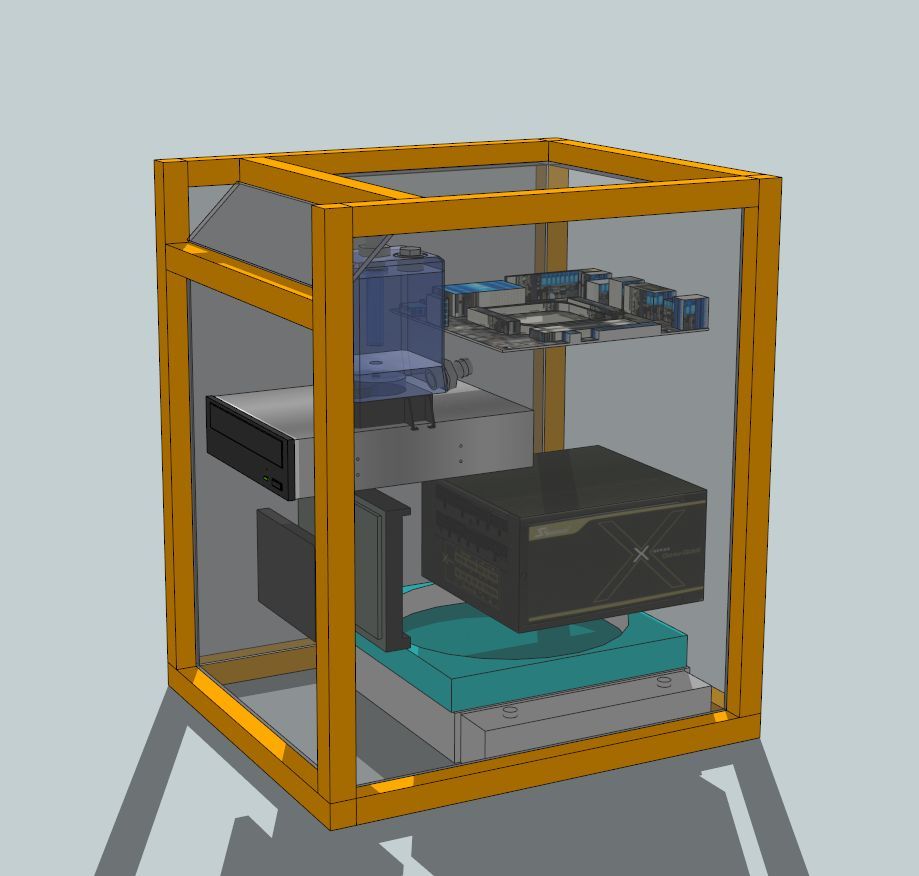
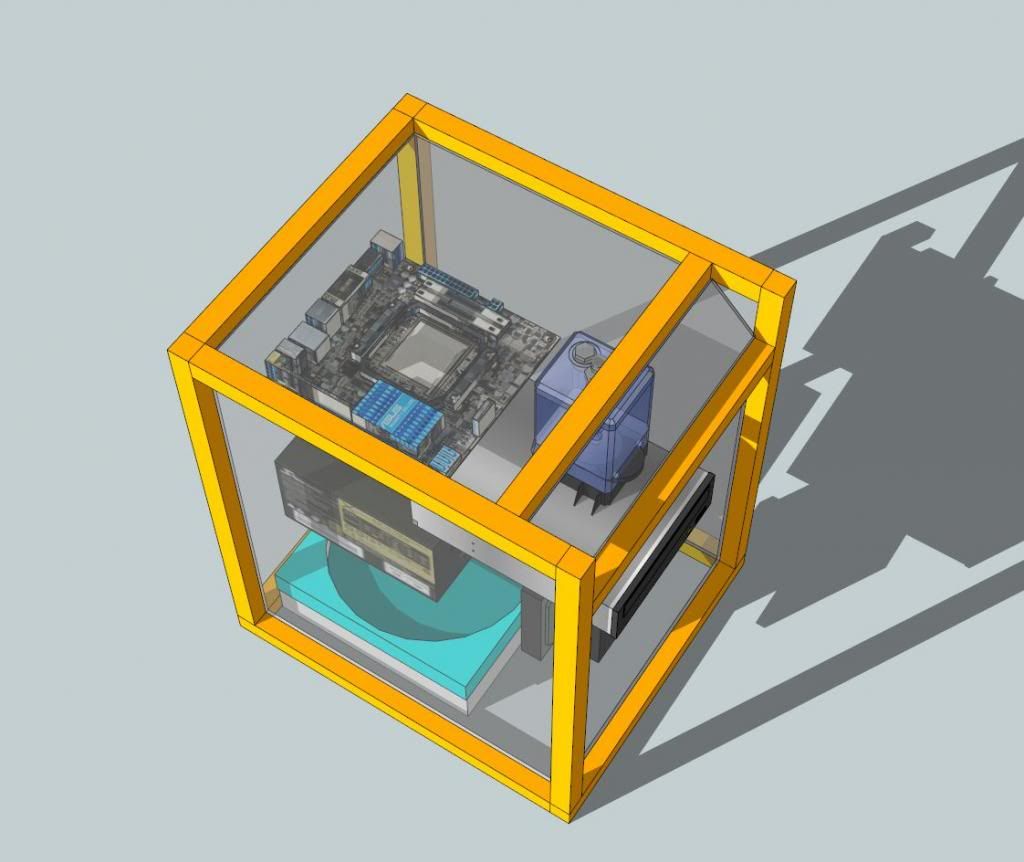
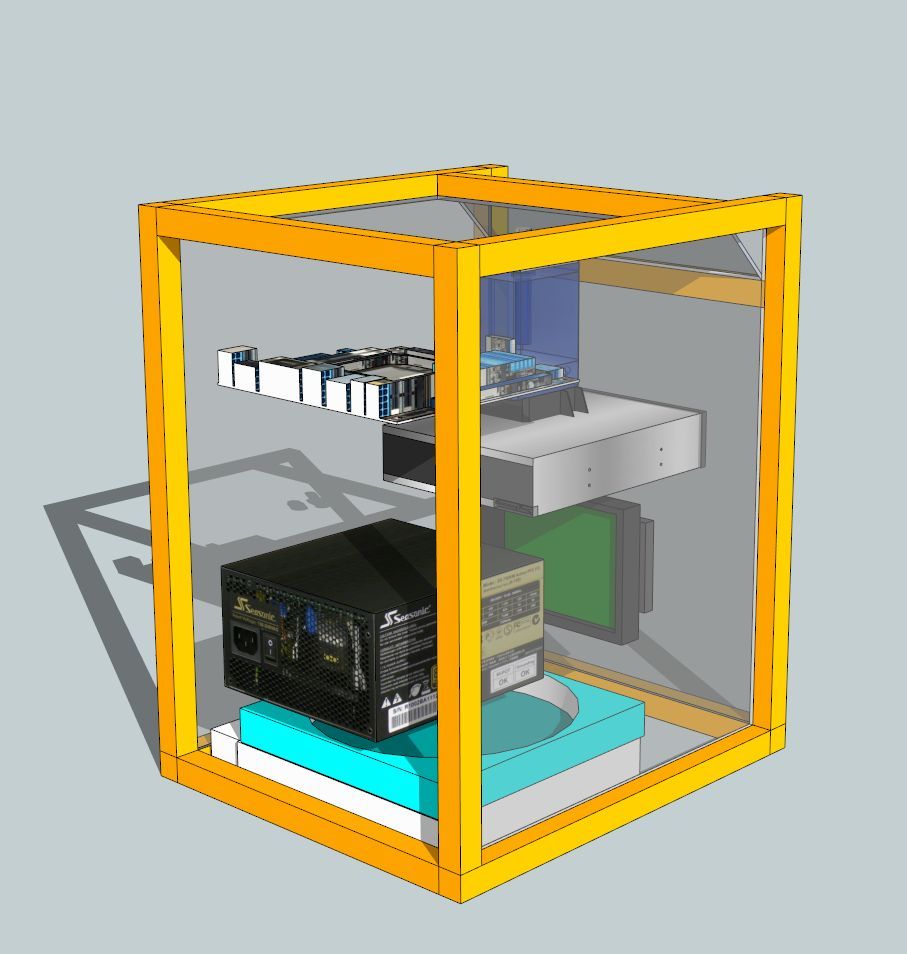

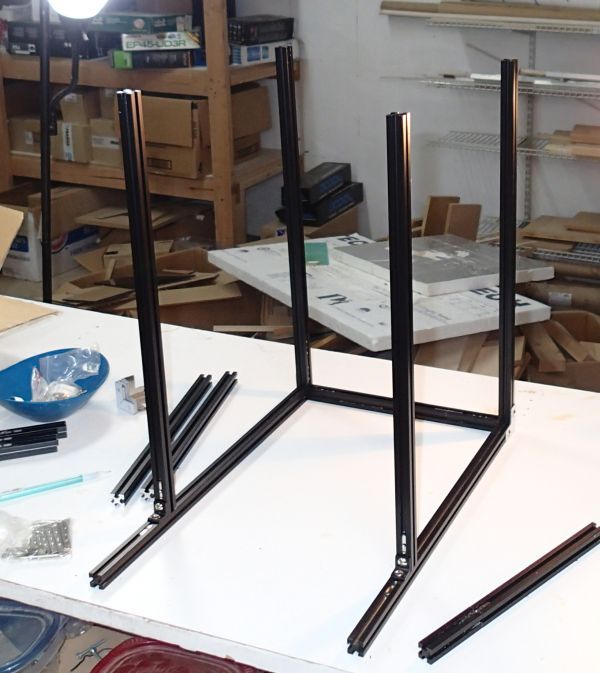
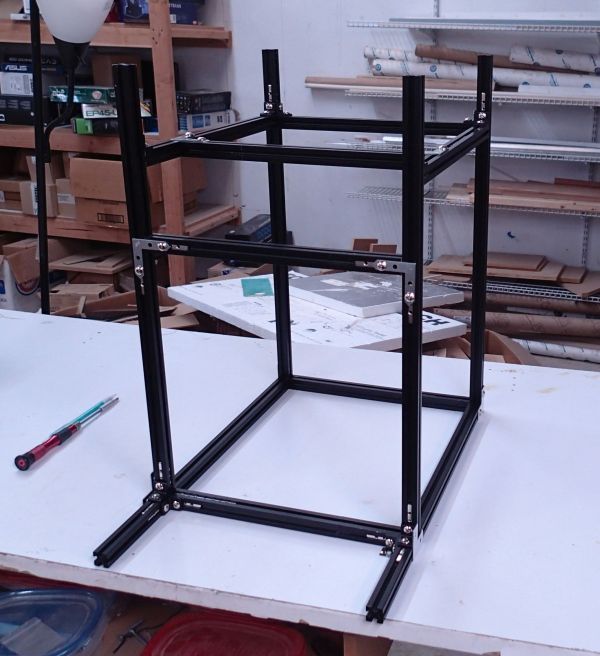
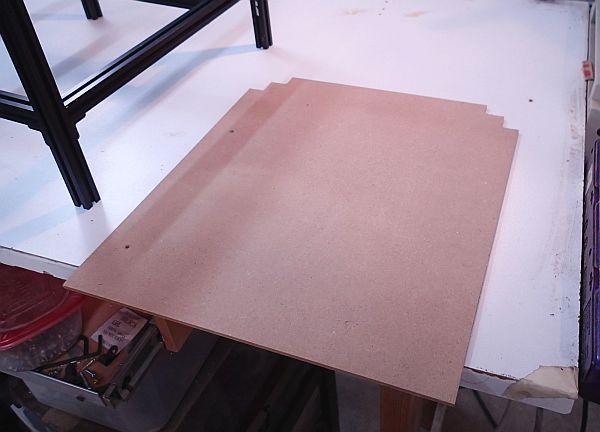
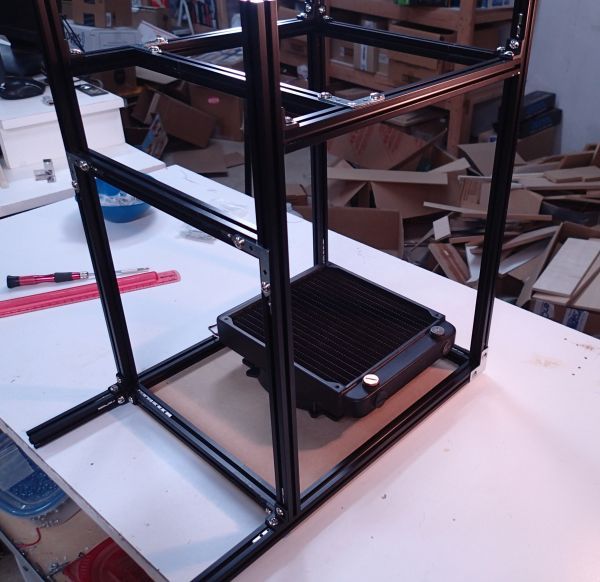
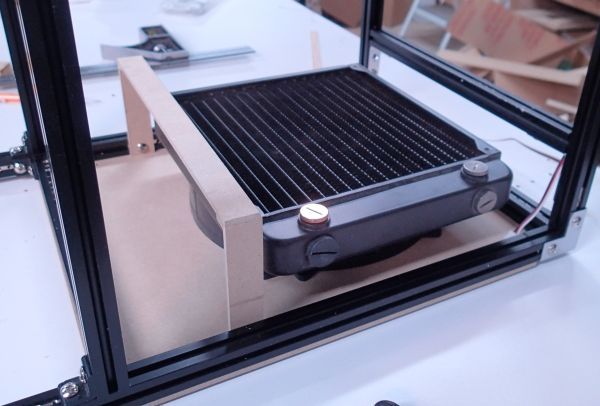
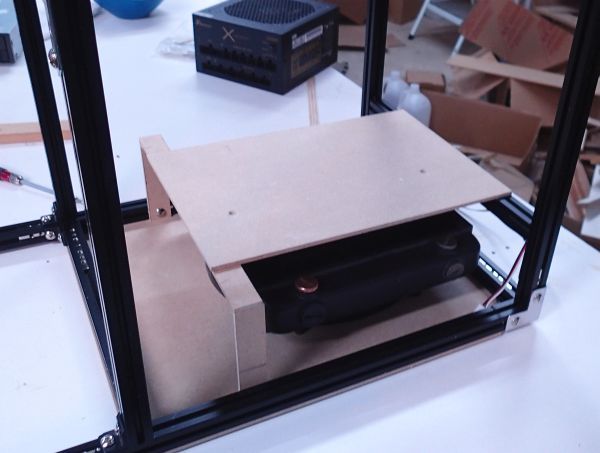
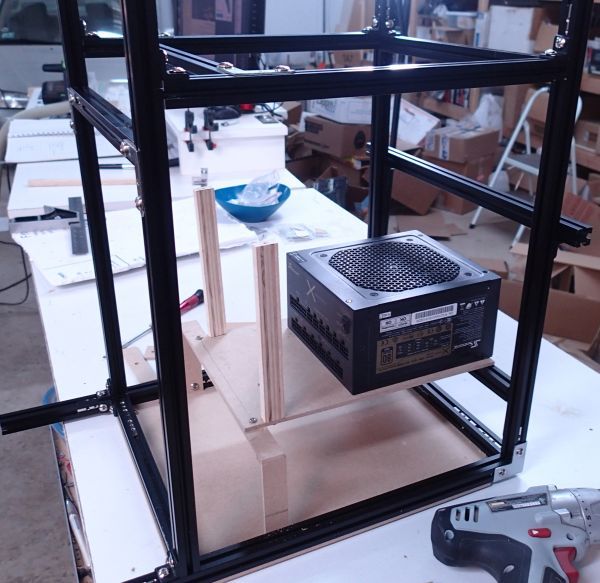

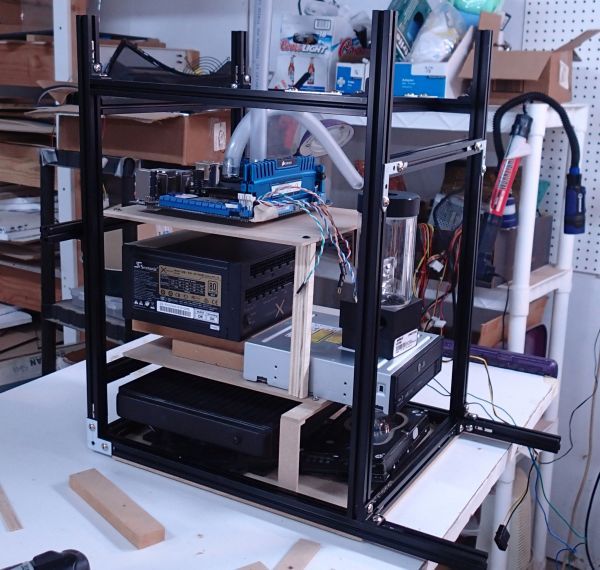
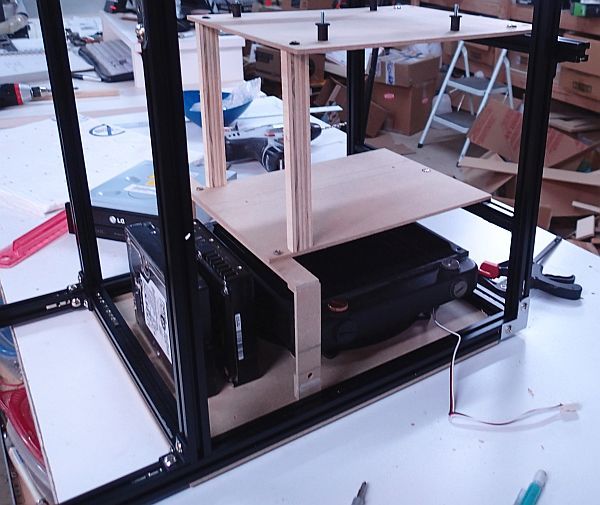
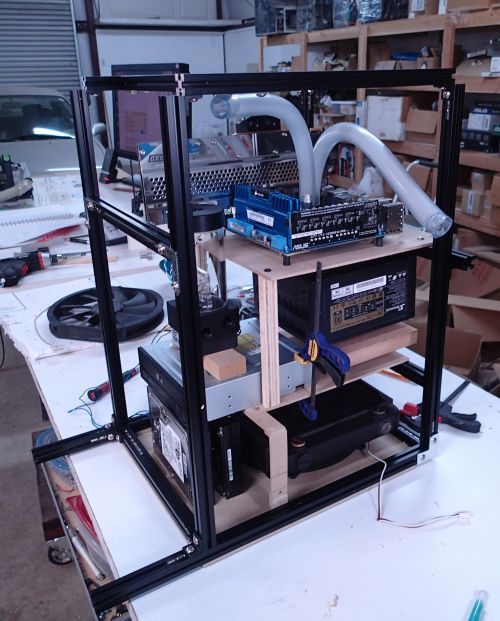

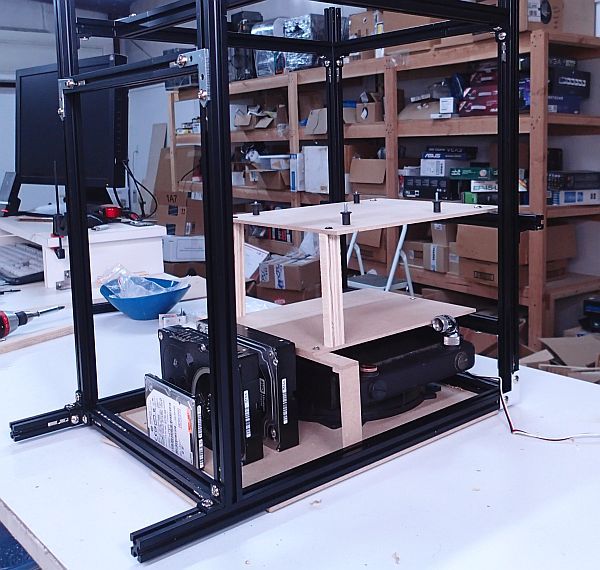
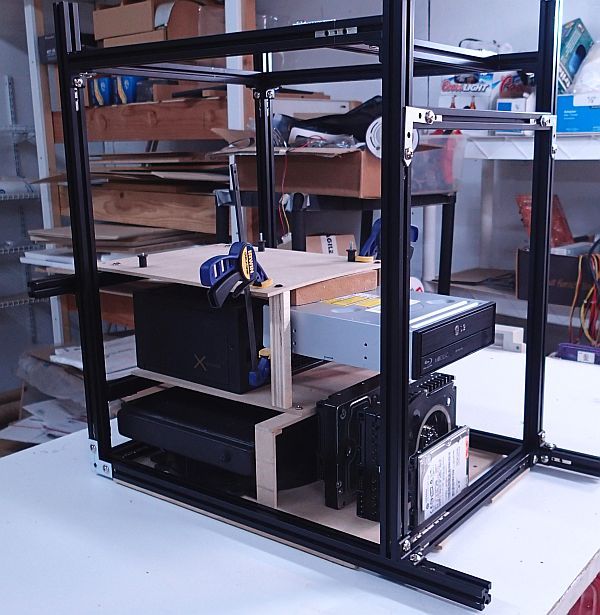
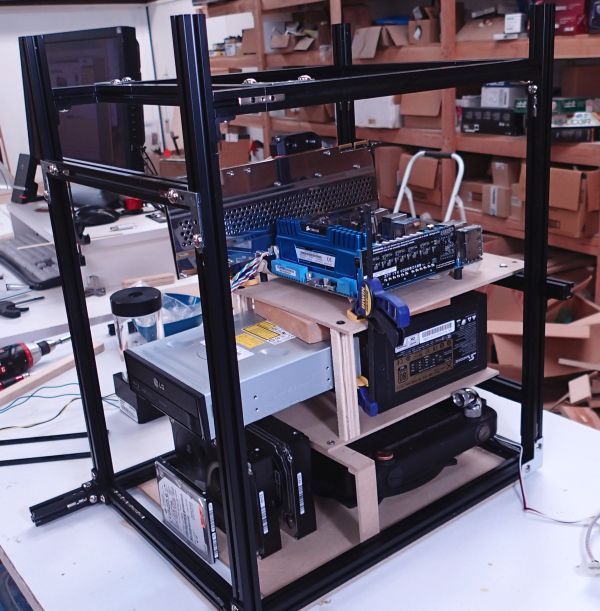
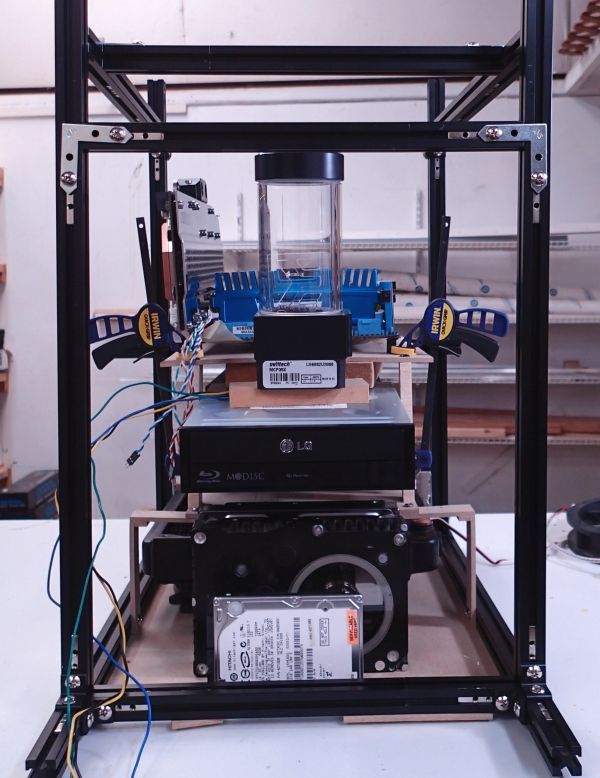
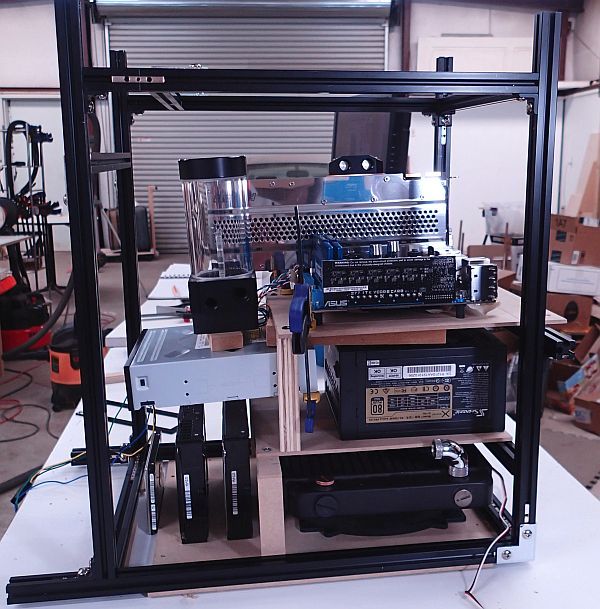


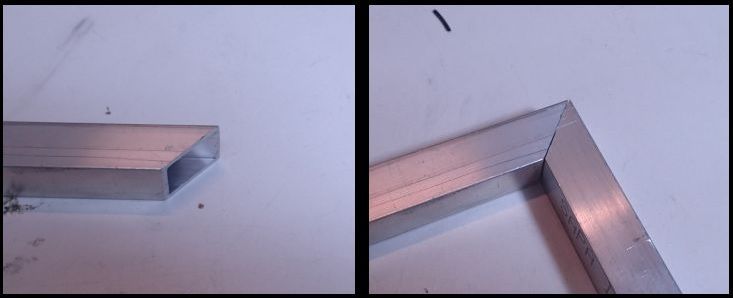


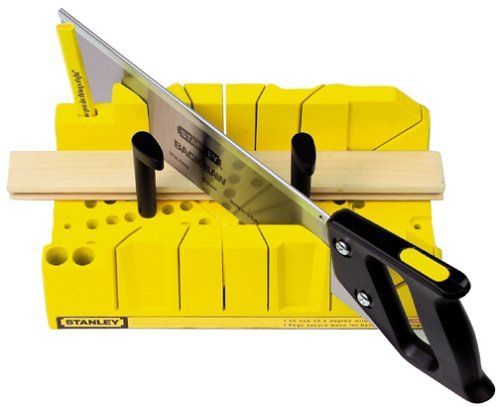
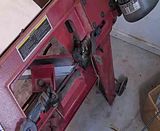
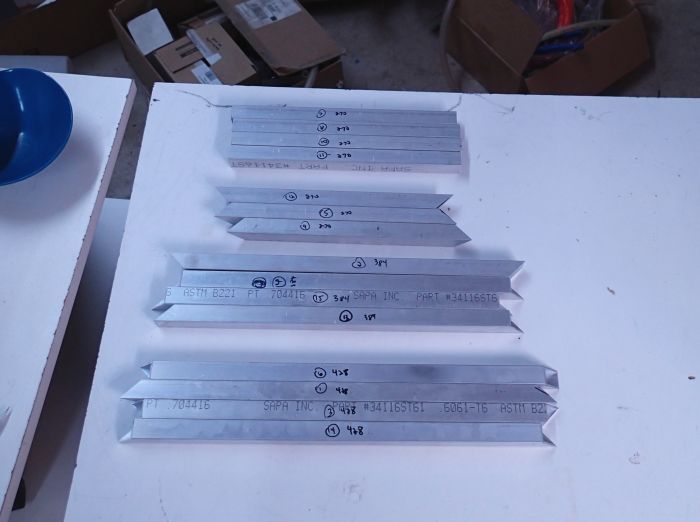
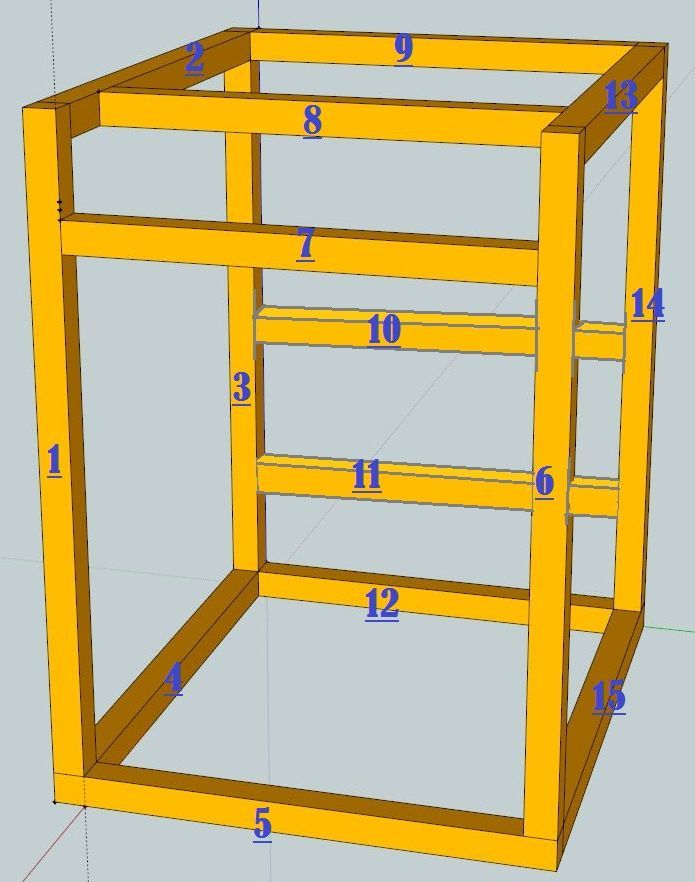

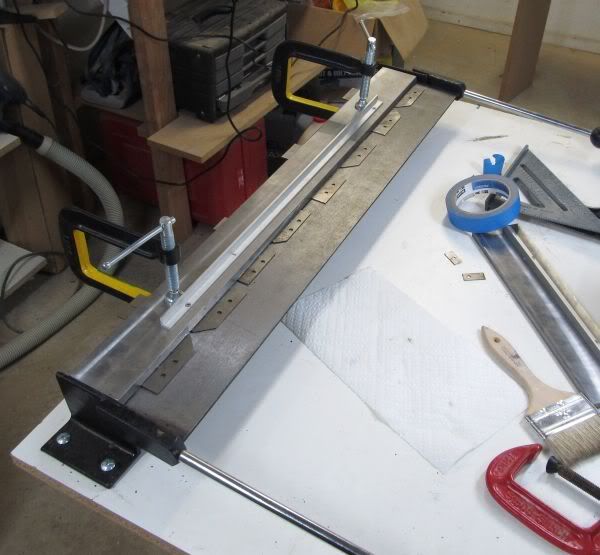
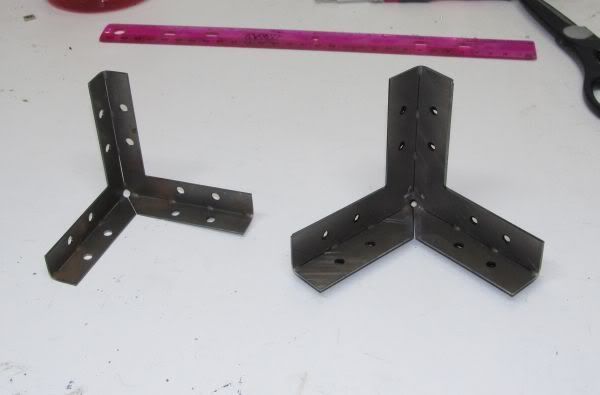
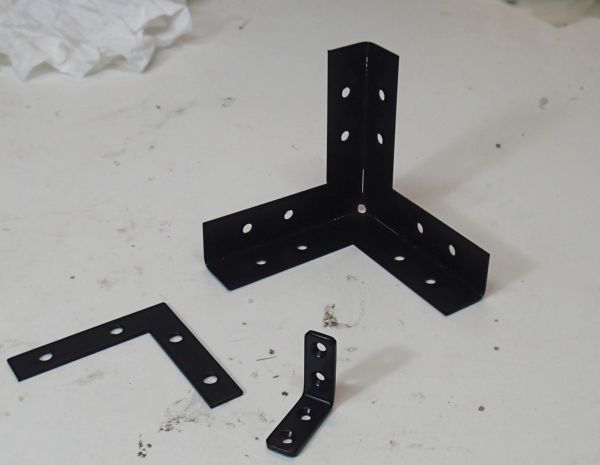
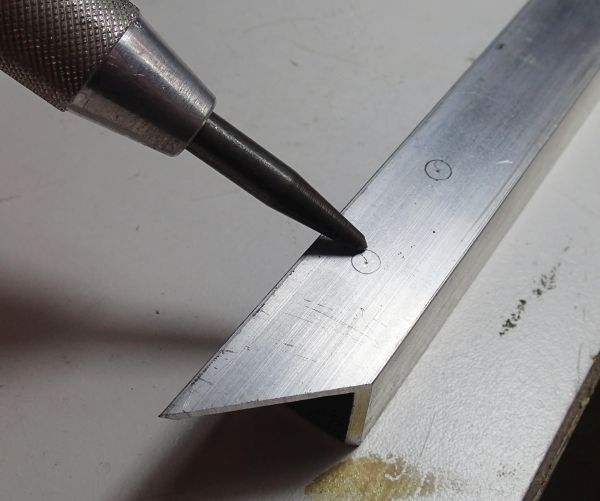
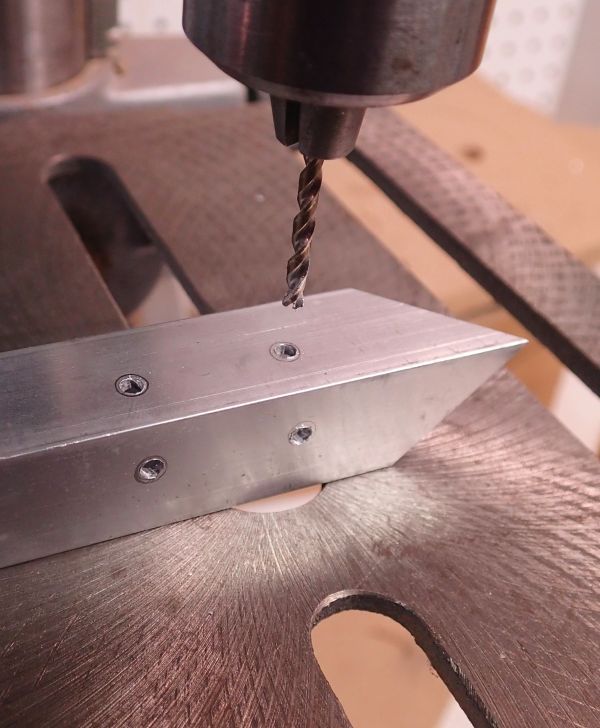

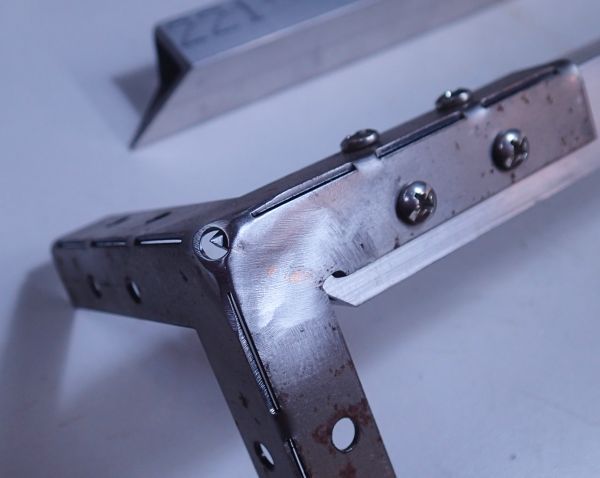



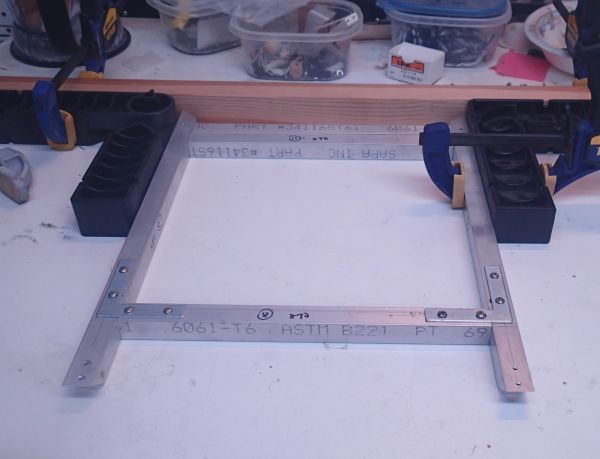
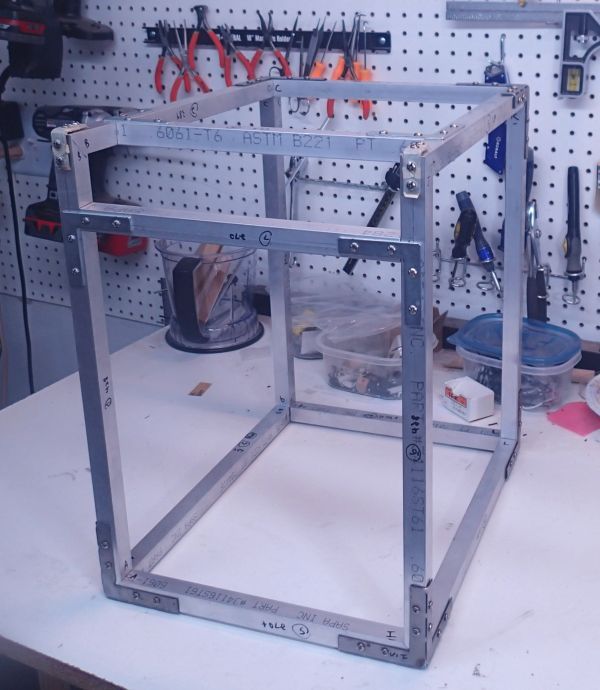
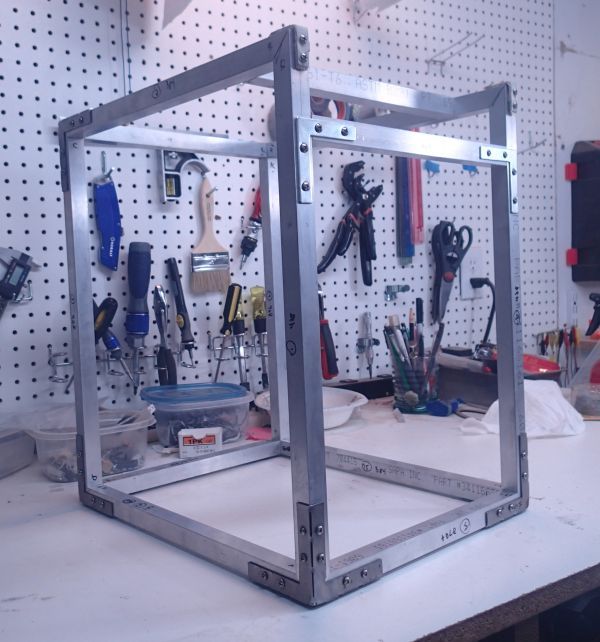
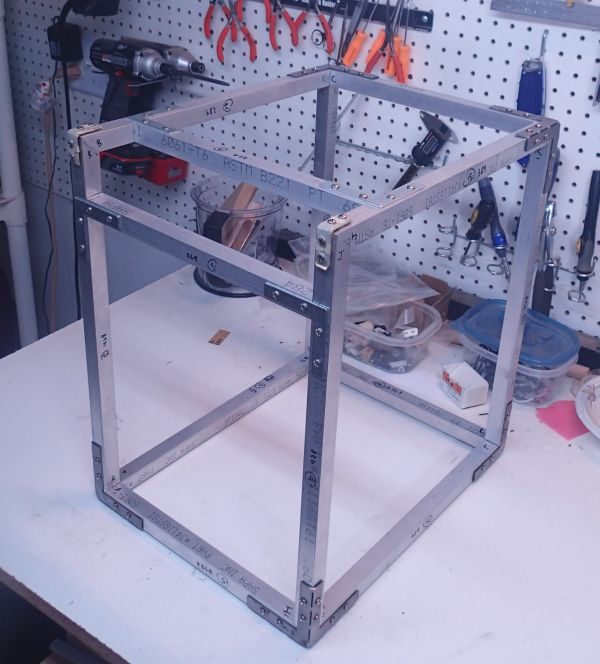
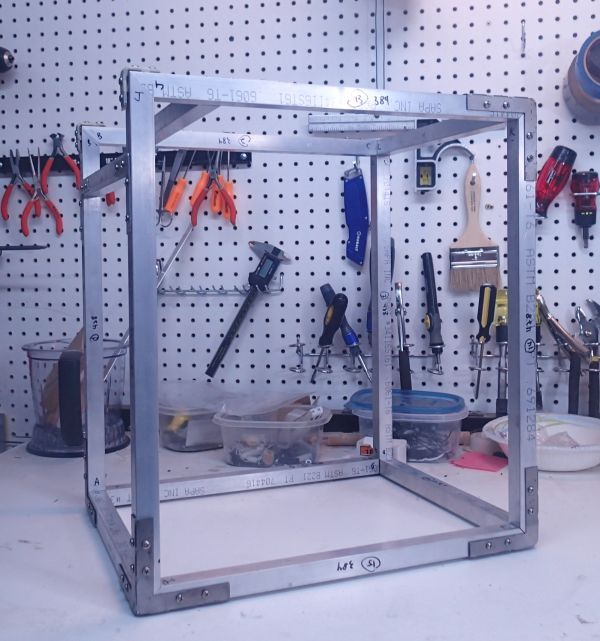
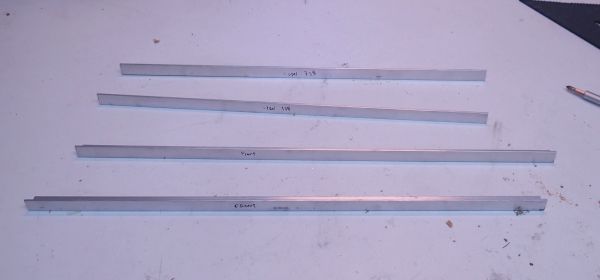
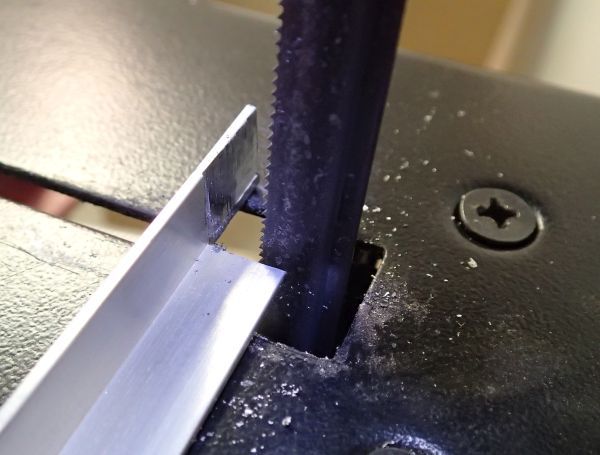
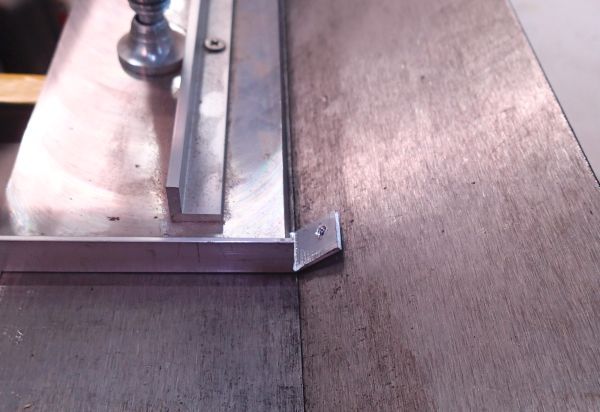
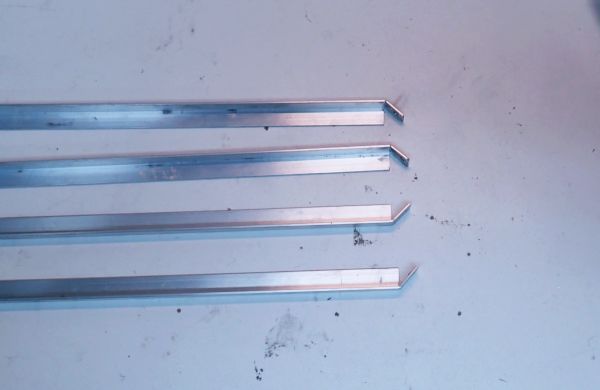

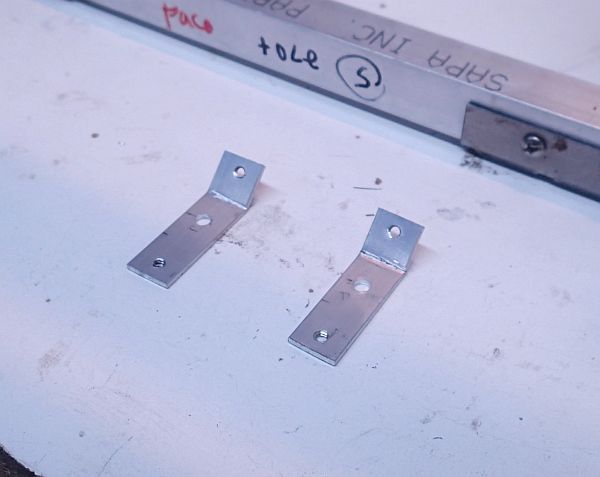
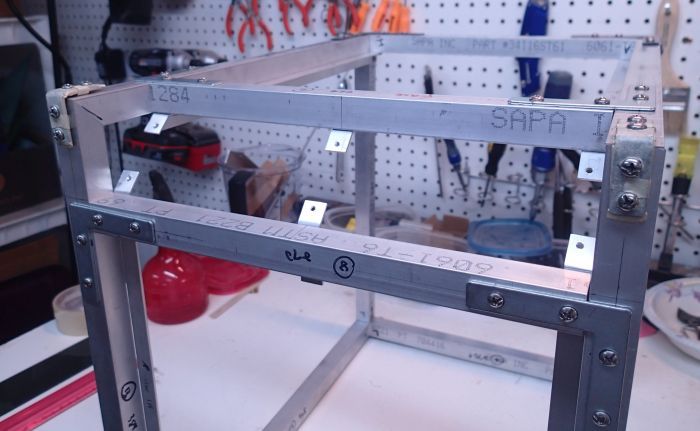
























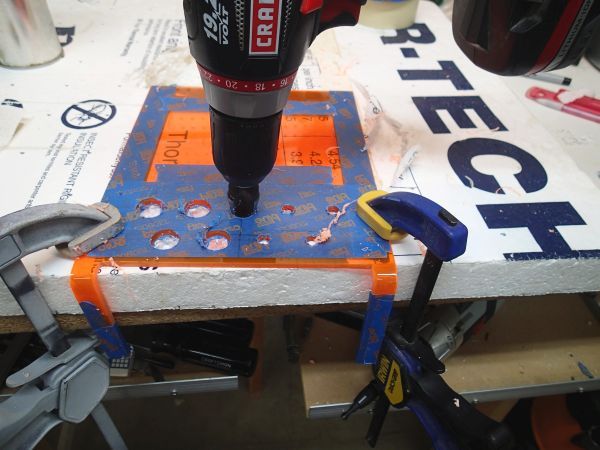

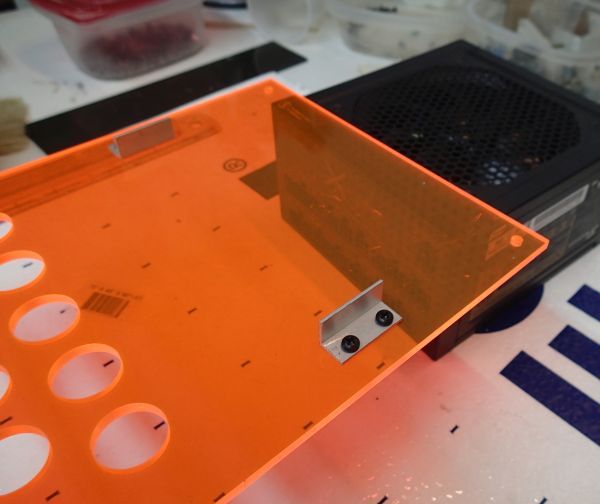
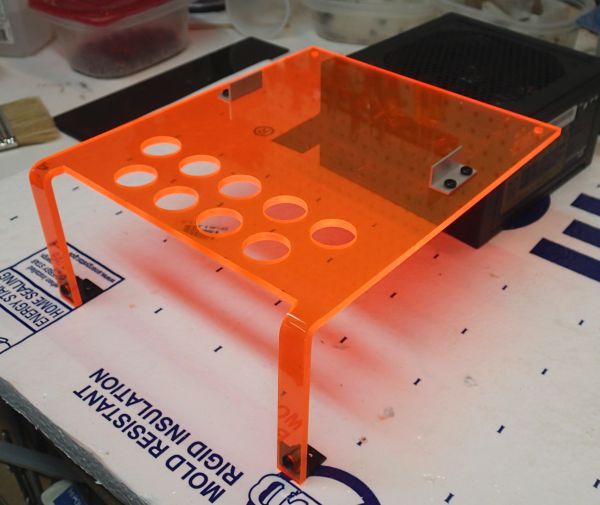
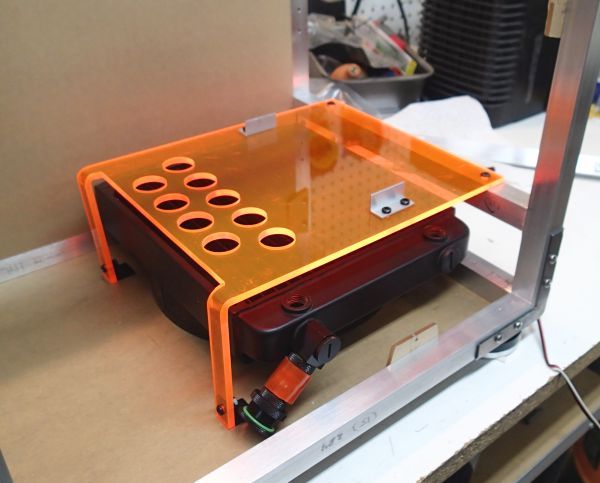
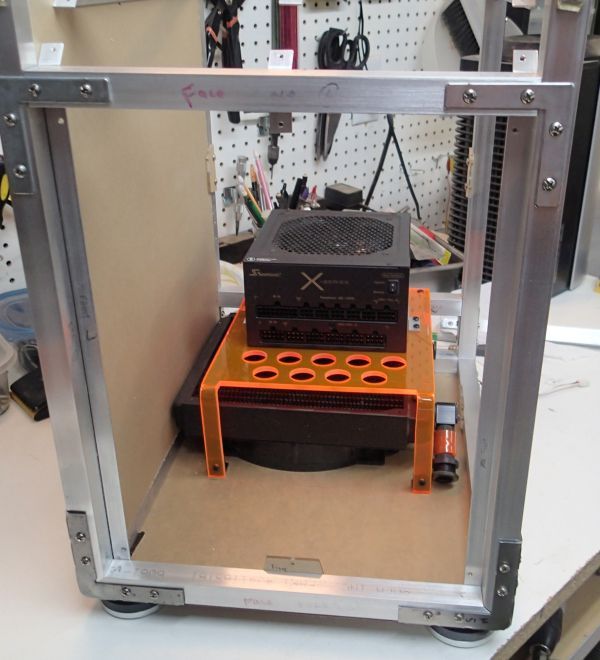
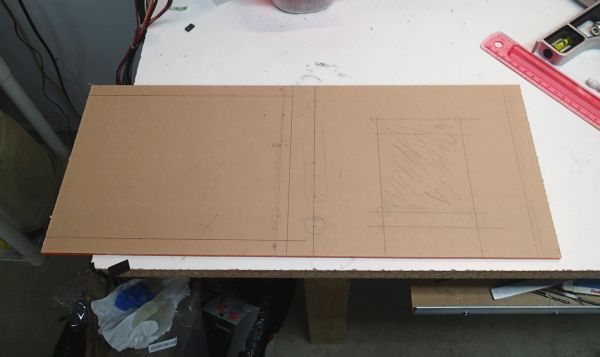
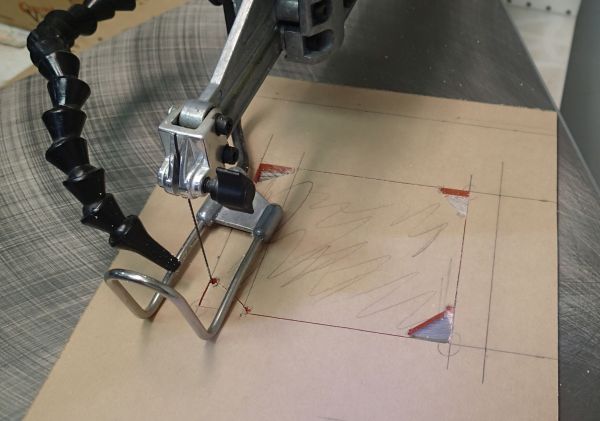
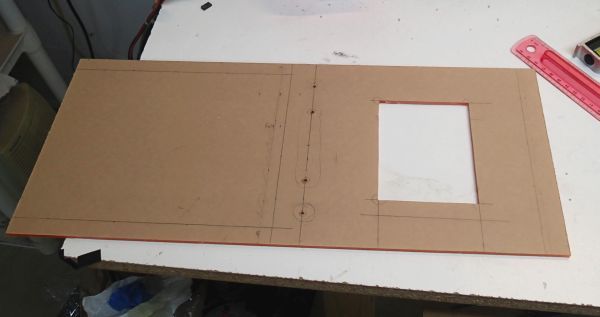

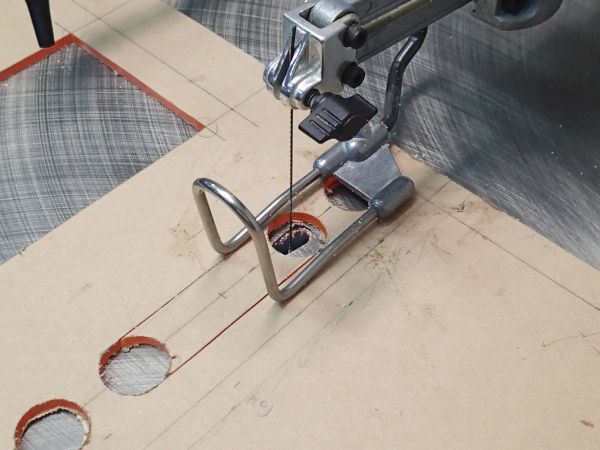
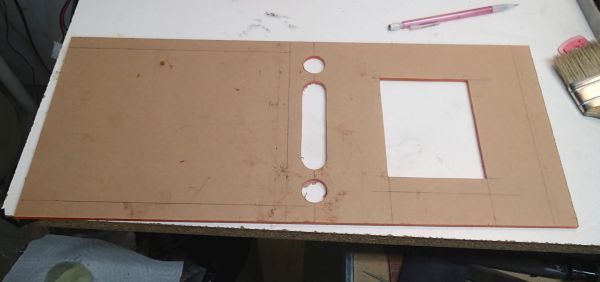
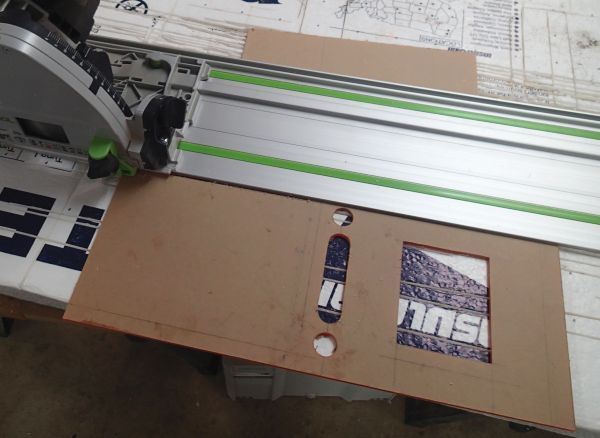

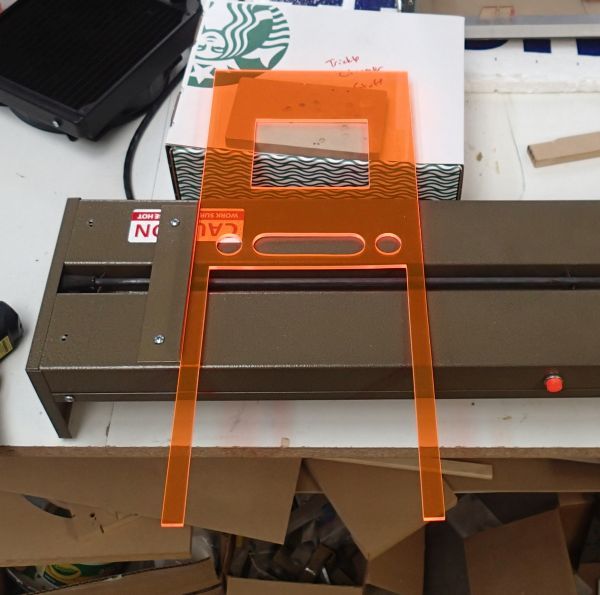
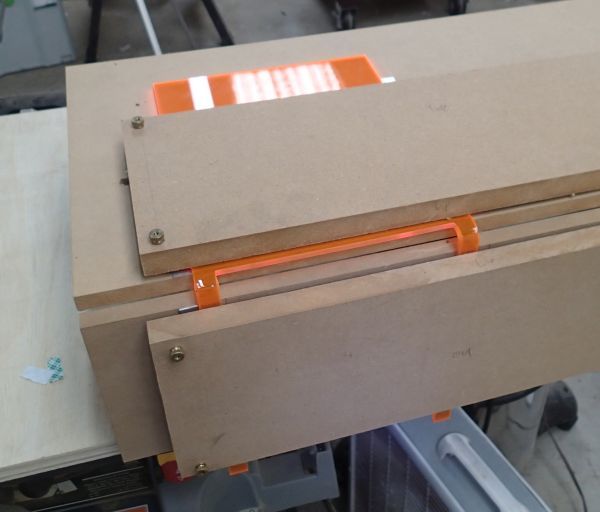
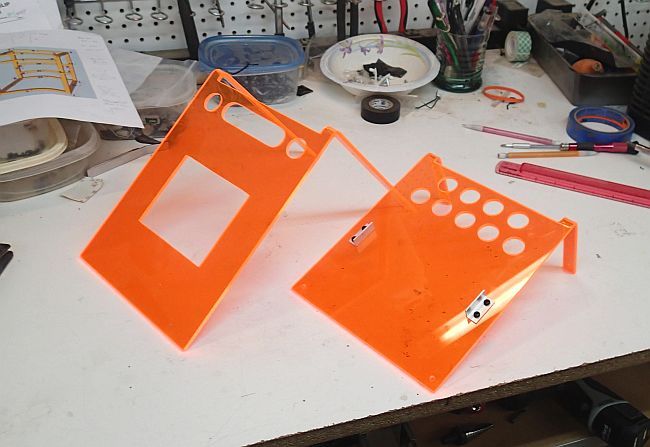
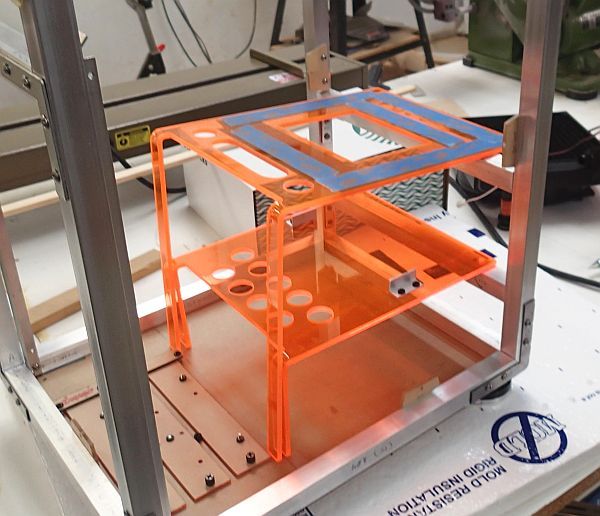
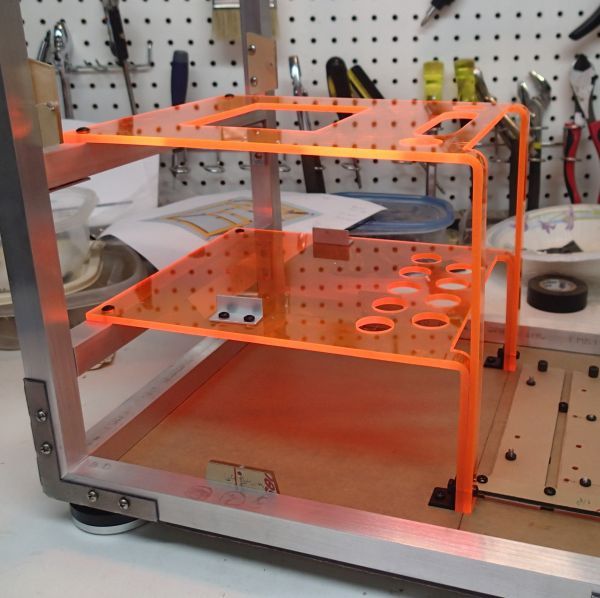
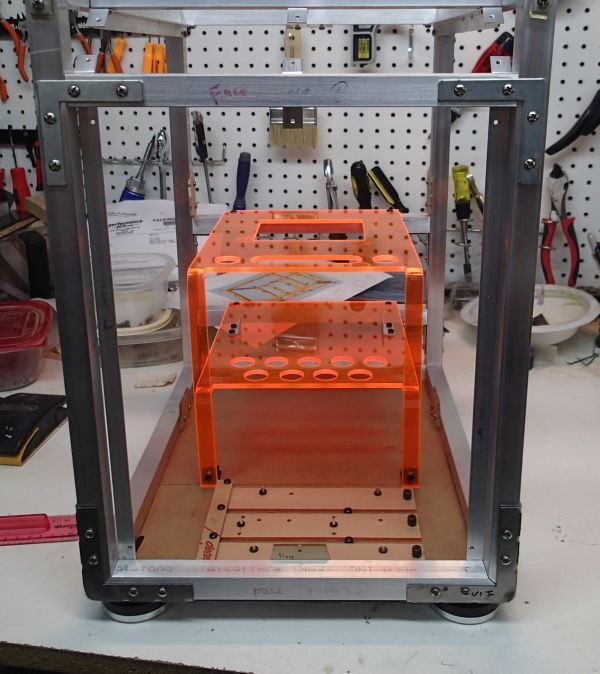
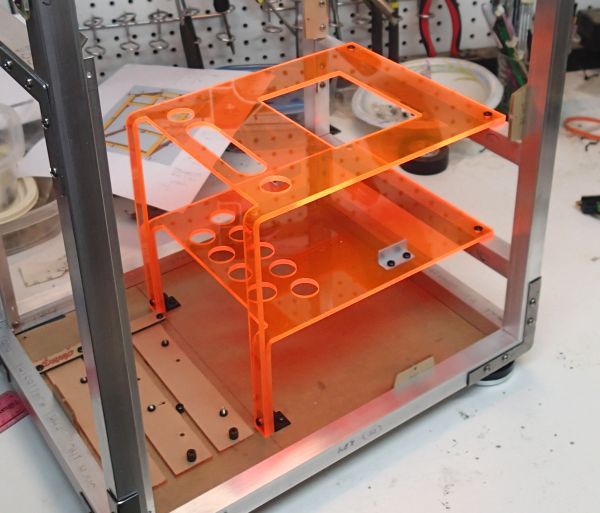
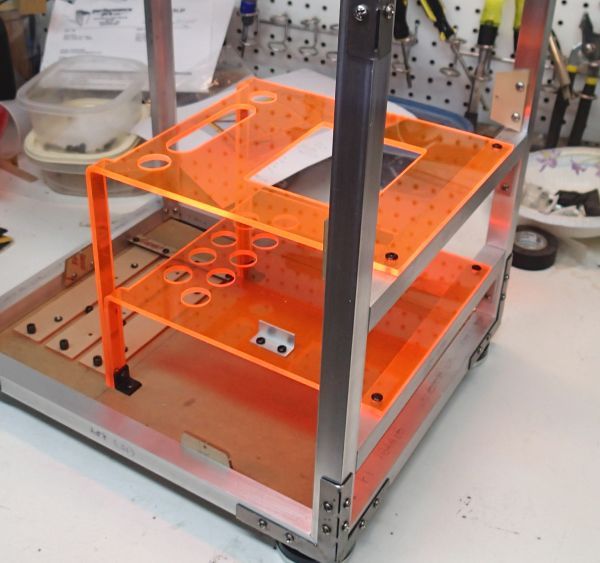
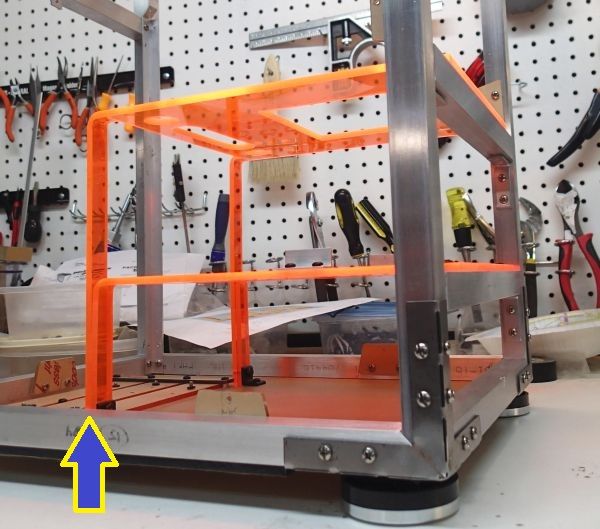
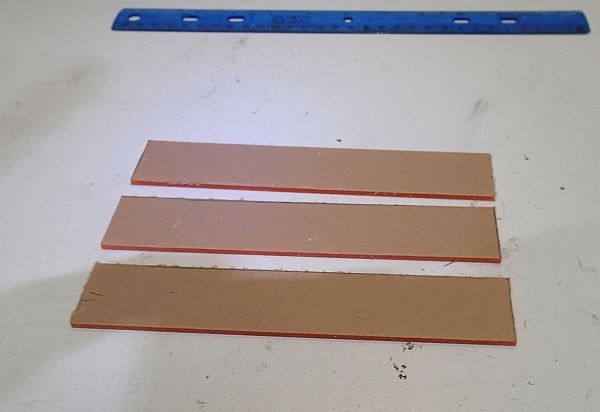
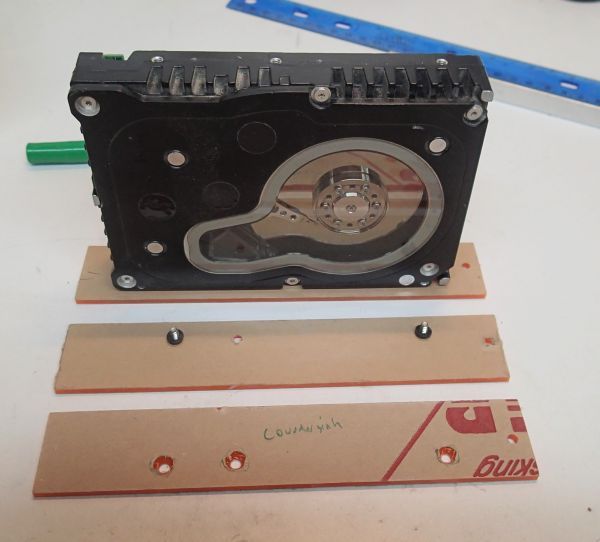
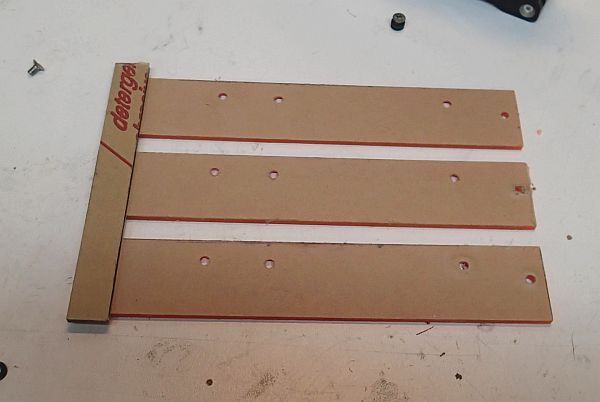
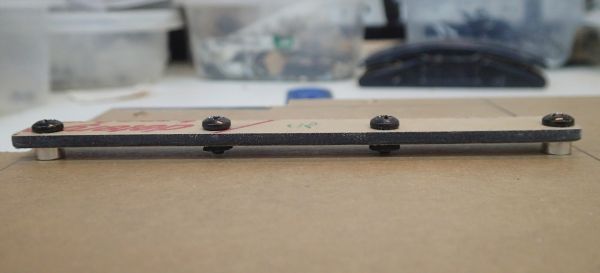
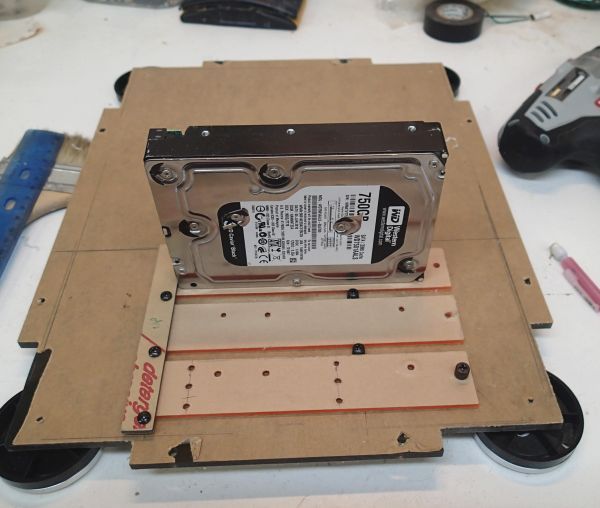
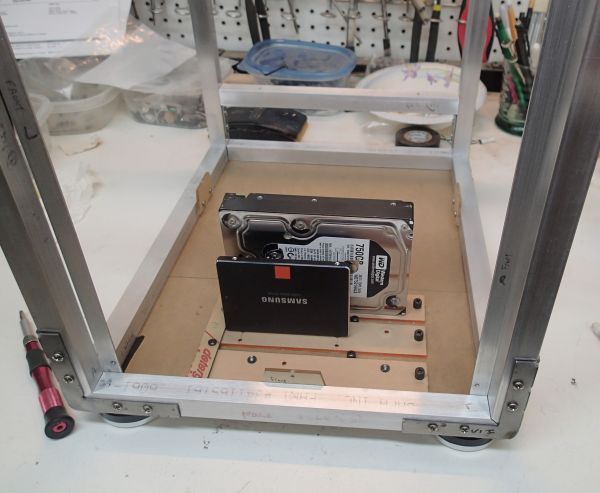
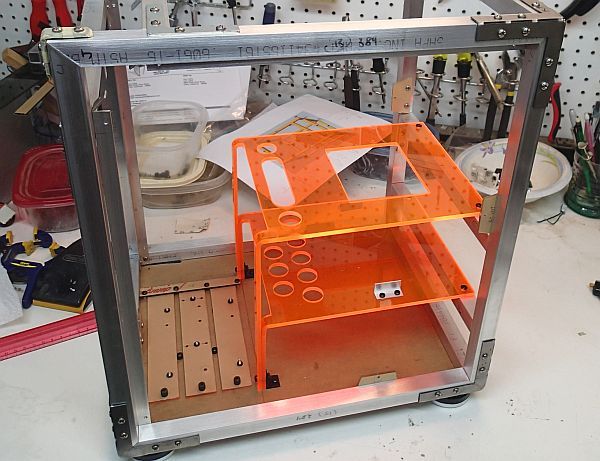



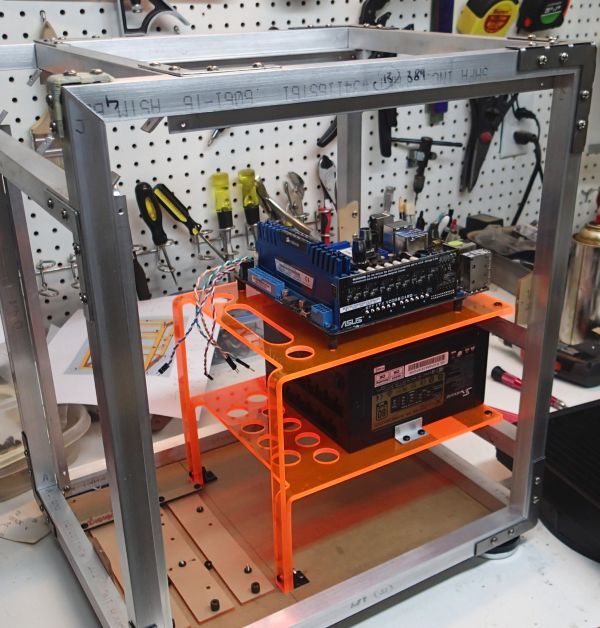

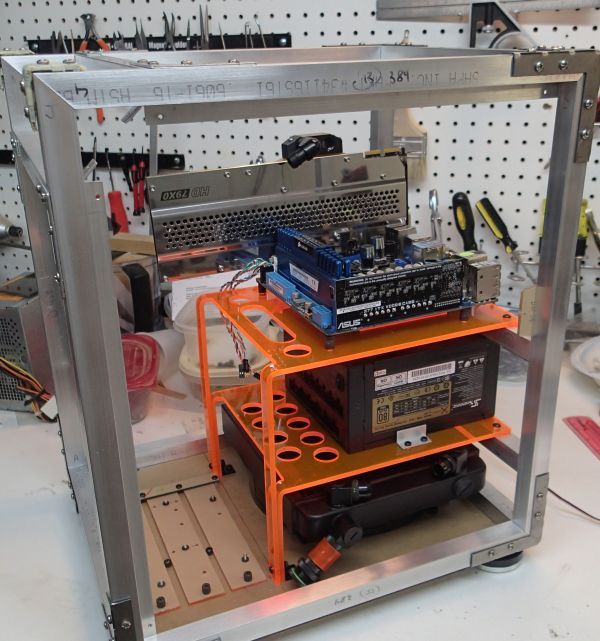
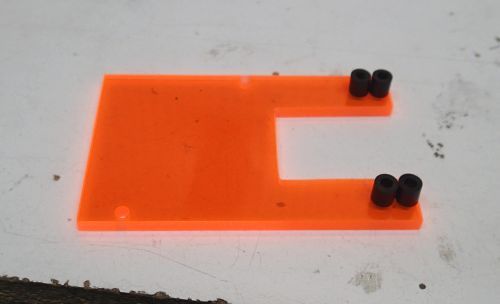
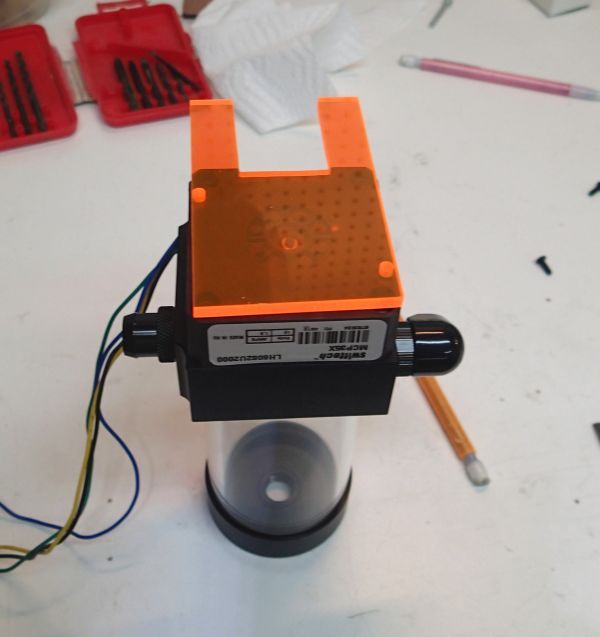
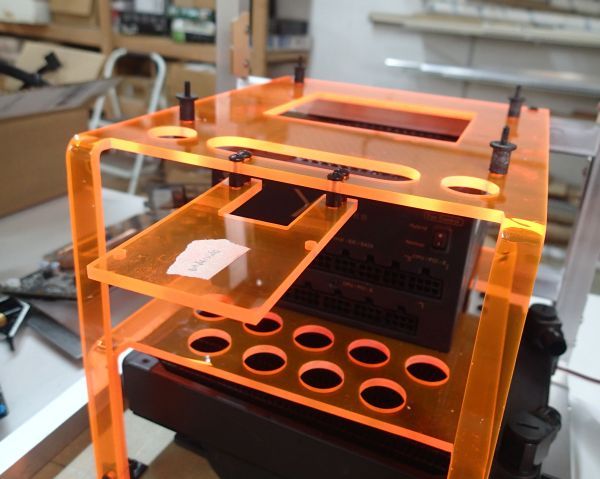
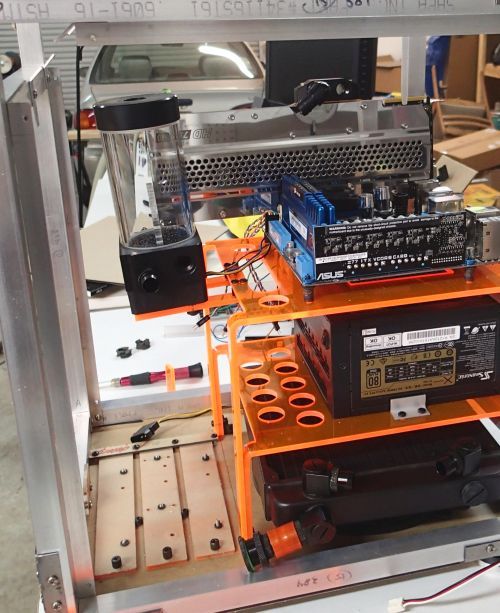

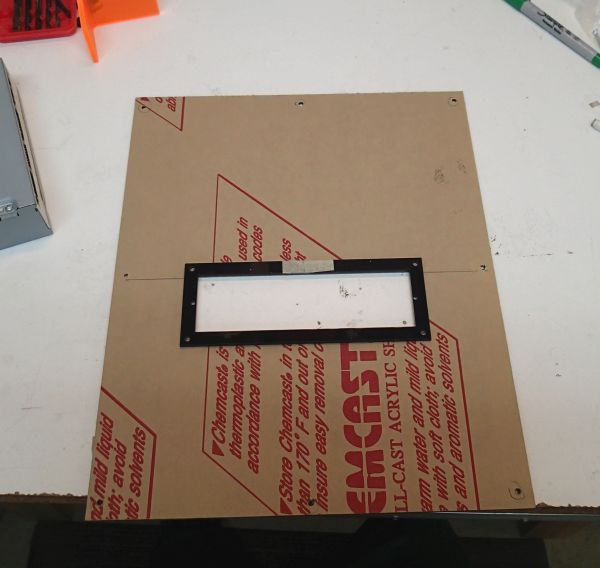
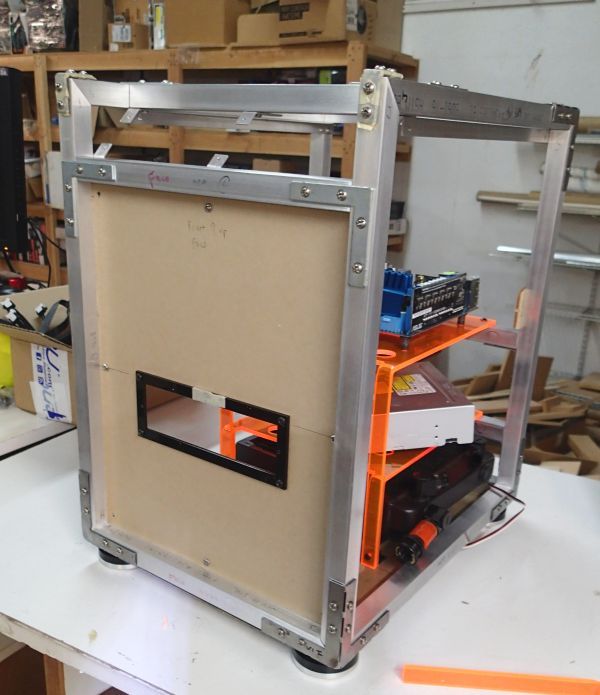
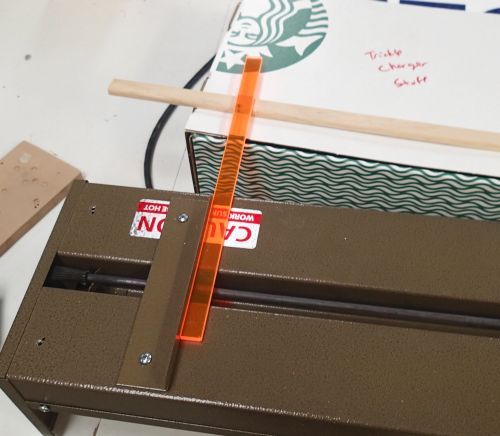
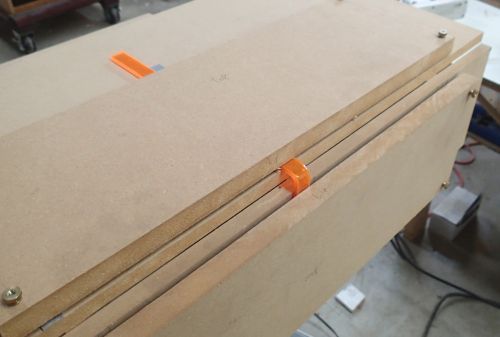
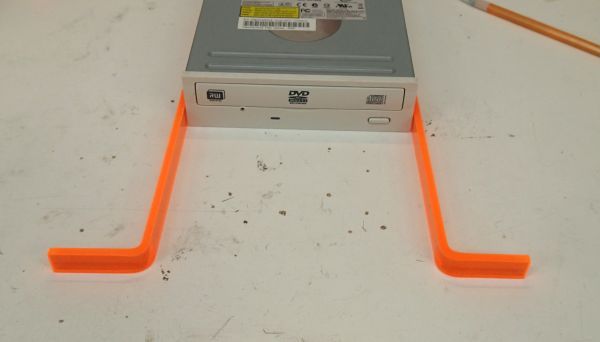
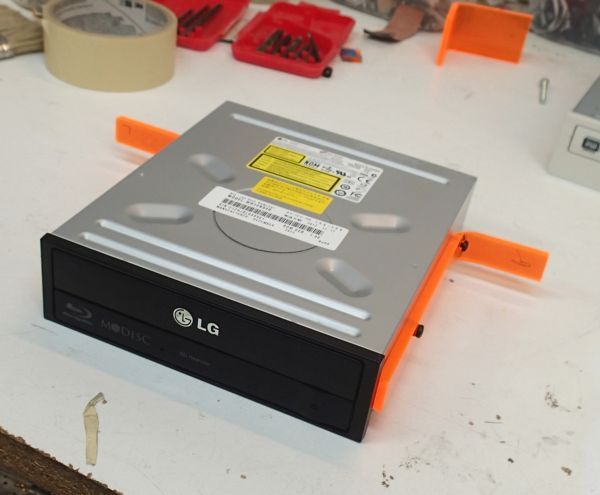

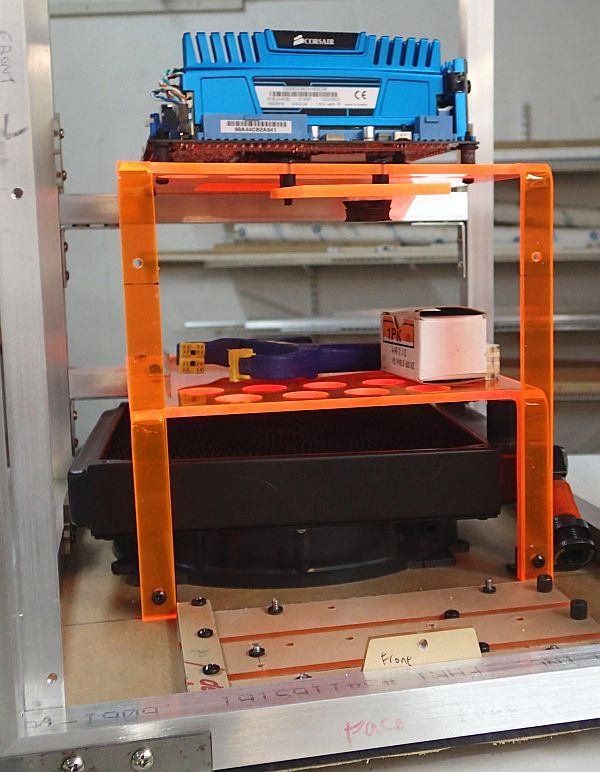
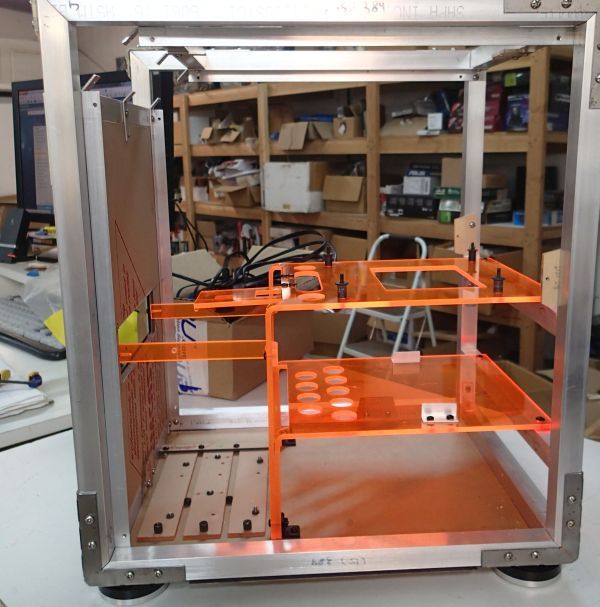
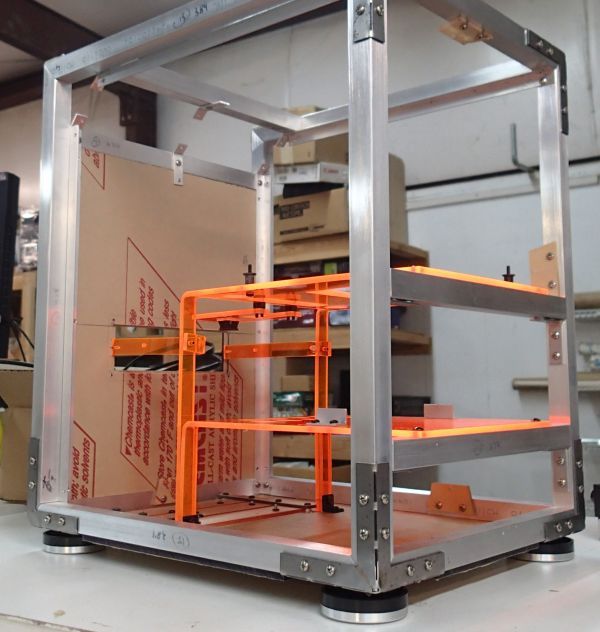
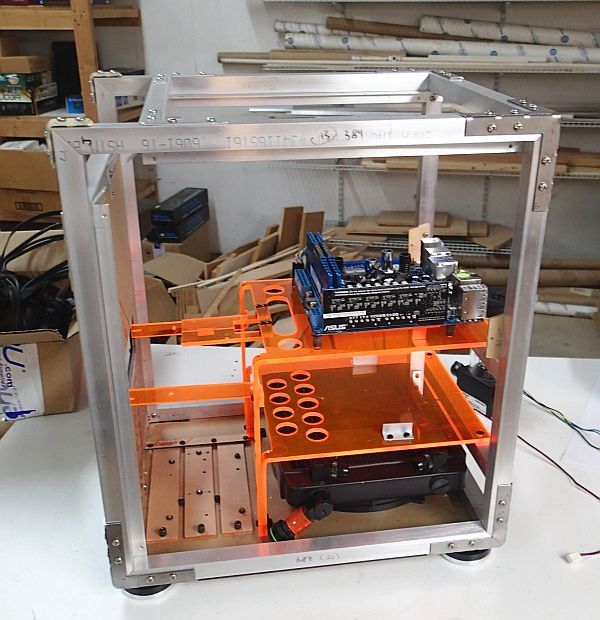
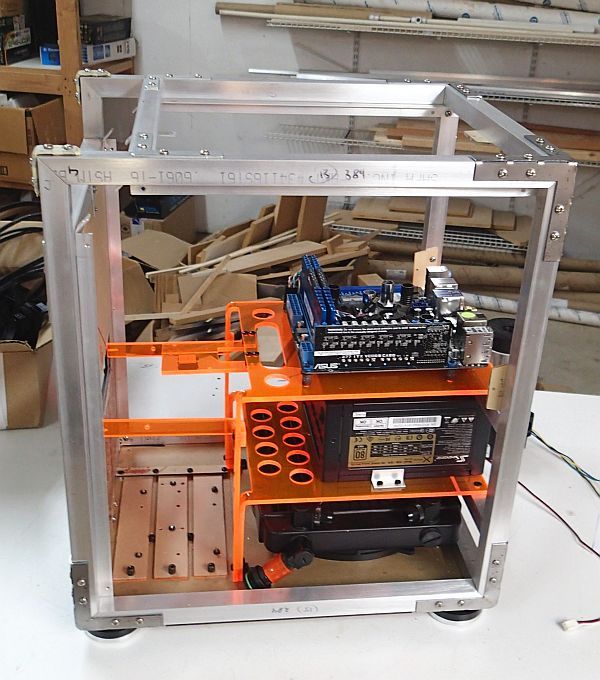
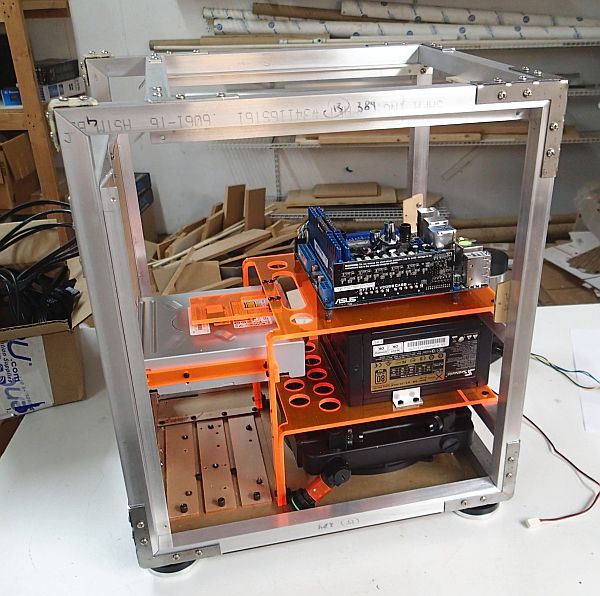

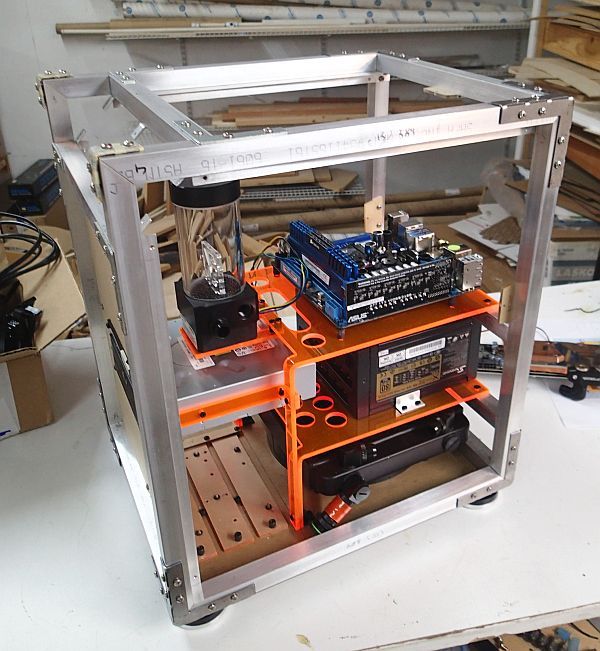
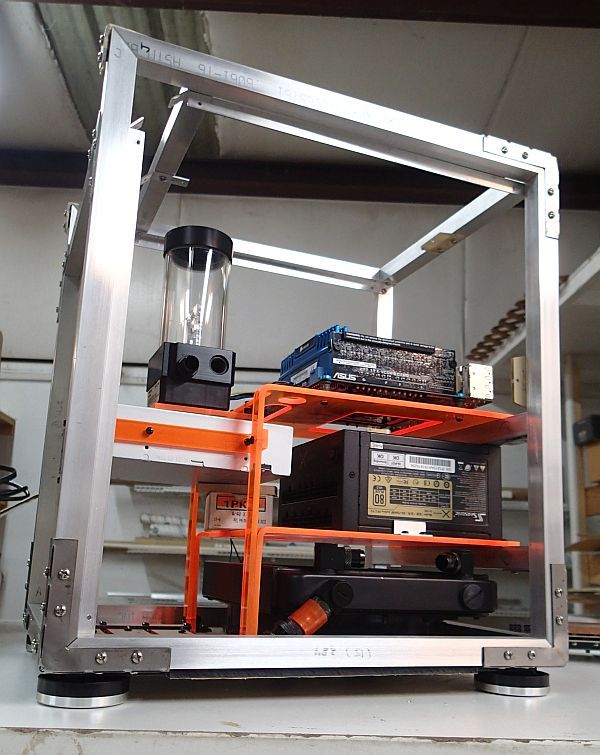


Bookmarks